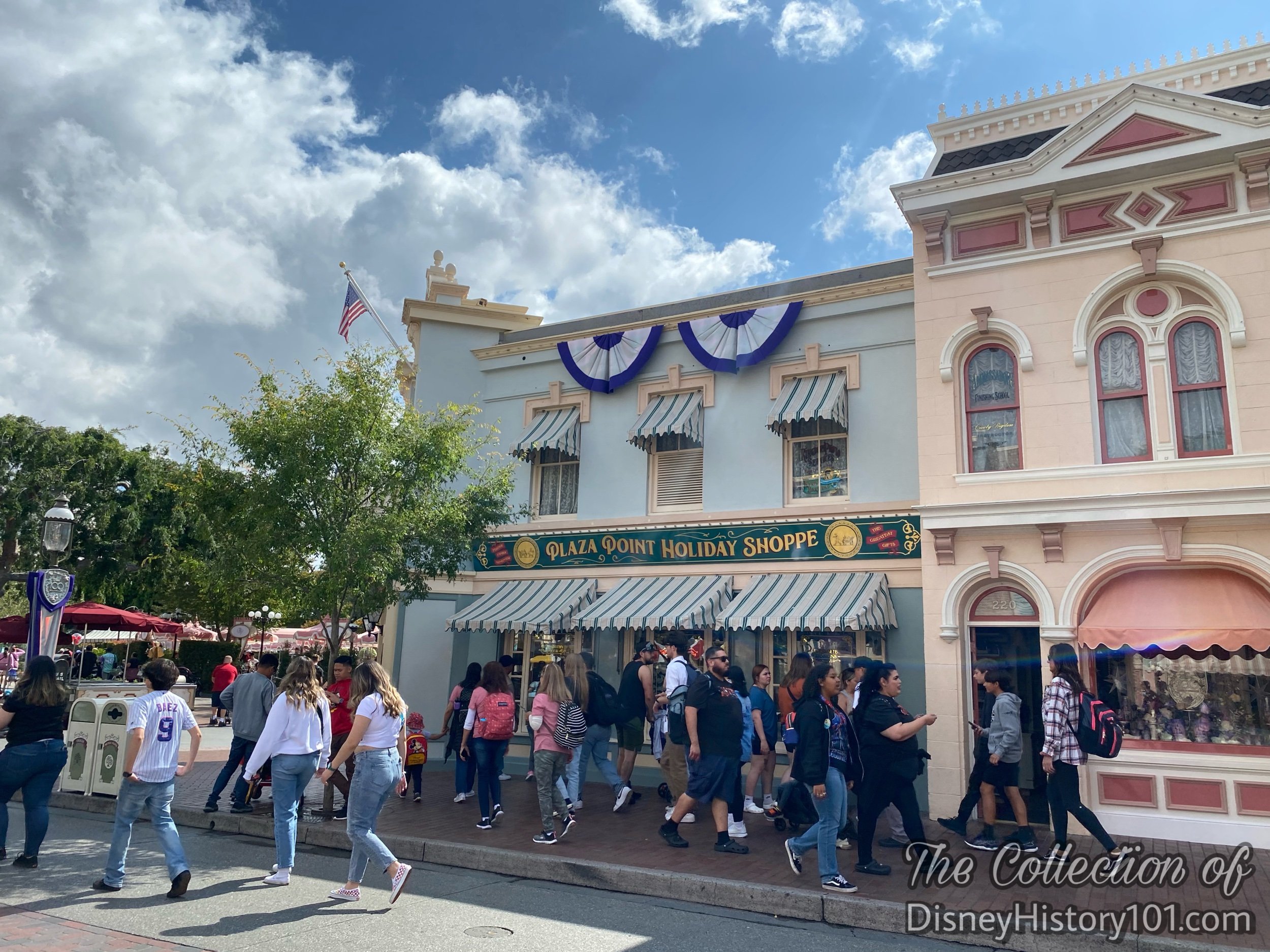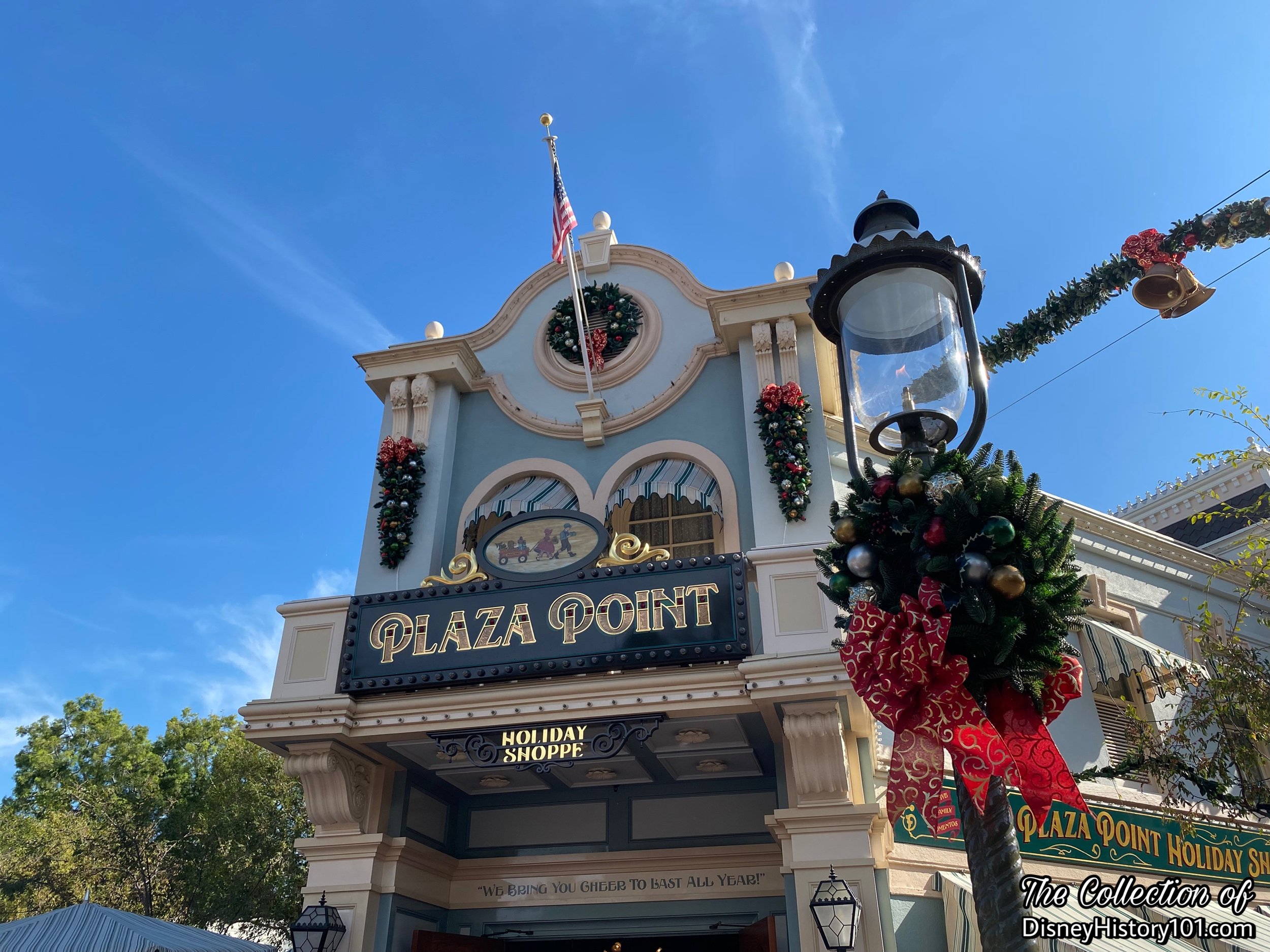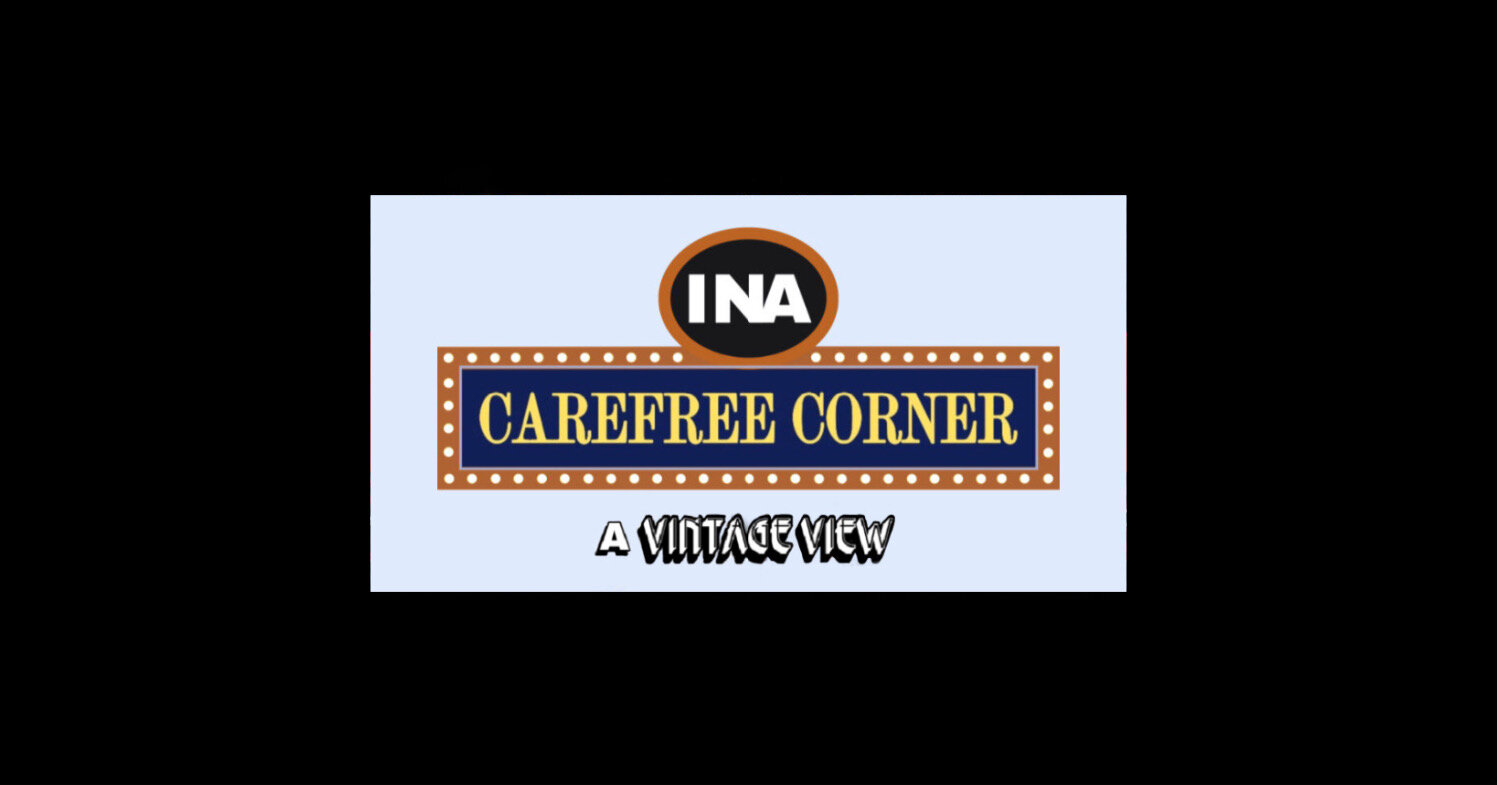CAREFREE CORNER (Hospitality Corner, Card Corner & Main Street Photo Supply)
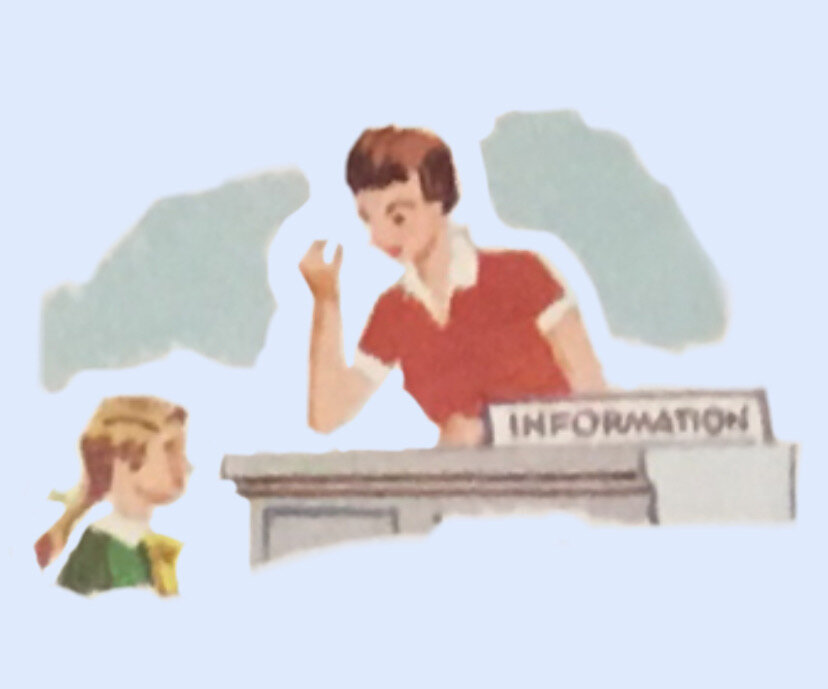
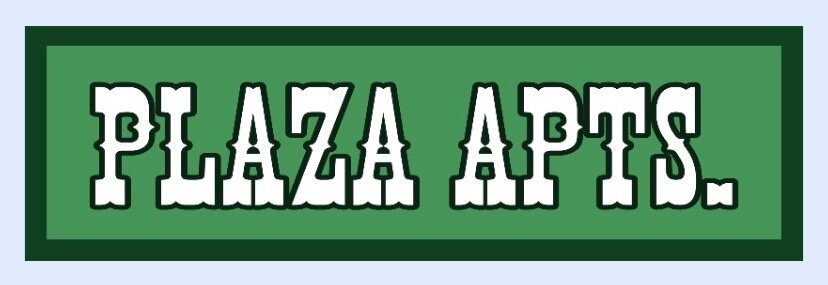
Plaza Hotel (1955)
Plaza Apts. – a Tourist Information Center and Guest Registry Center (1955 – 1956)
By July 1, 1954, George Whitney of Disneyland, Inc. directed Amusements, with Ron Miller overseeing analysis, philosophy, capacities, planning, operator training, and amusement procurement.
“Design”
“Disneyland is unique in that some of the world's foremost creative artists and architects control all design at Disneyland.“ Early thumbnail sketches and other concept artwork seemed to be unencumbered by restrictions of budget, schedule or the laws of nature and physics. Though guided by Walt, his artists appeared to engage in “free-thinking,” as if implementing the modern “Blue Sky” Imagineering process. Like some advanced “High Concept,” final designs were quickly generated and approved.
Next, architectural drawings helped define all designs, production and construction strategies, costs, schedule, and resource requirements. Models explored the various dimensional relationships, site-lines, flow patterns, ergonomics, and visual appeal to convey the desired creative intent.
“Architectural Designs by Lessees”
Disneyland, Inc. printed materials for Lessees detailing specifications for architectural designs of exhibit spaces. These were revised by March 16, 1955 and issued to Lessees.
All of the interior architectural drawings were done by competent registered architects or an approved display house of the lessee's choice. All of the designs submitted by the lessee's architect, whether for buildings or construction of interiors in DISNEYLAND, were approved as to the theme and general plan of DISNEYLAND as established by WED Enterprises, Inc.
Three sets of preliminary drawings were furnished DISNEYLAND, Inc. as soon as possible after signing of the lease. Two sets were retained by DISNEYLAND and one set was returned to the lessee’s architect with any revisions noted thereon and stamped “APPROVAL TO PROCEED TO FINAL DESIGN.” This stamp when properly signed and dated constituted the lessee’s authority to proceed with the final drawings.
The Lessees revised their final drawings to incorporate any revisions noted on the approved preliminary drawings, and submitted three sets of the revised drawings to DISNEYLAND. One set was returned to the lessee’s architect and any revisions noted thereon are to be incorporated on the original drawings. When the lessee had incorporated the final revisions on the drawings, two sets of transparent ozalids were forwarded to DISNEYLAND for approval. DISNEYLAND would stamp both sets “FINAL DESIGN APPROVED” and “LESSEE’S CONTRACT DRAWINGS”, and return one set to the lessee who could then release drawings for bid and/or construction.
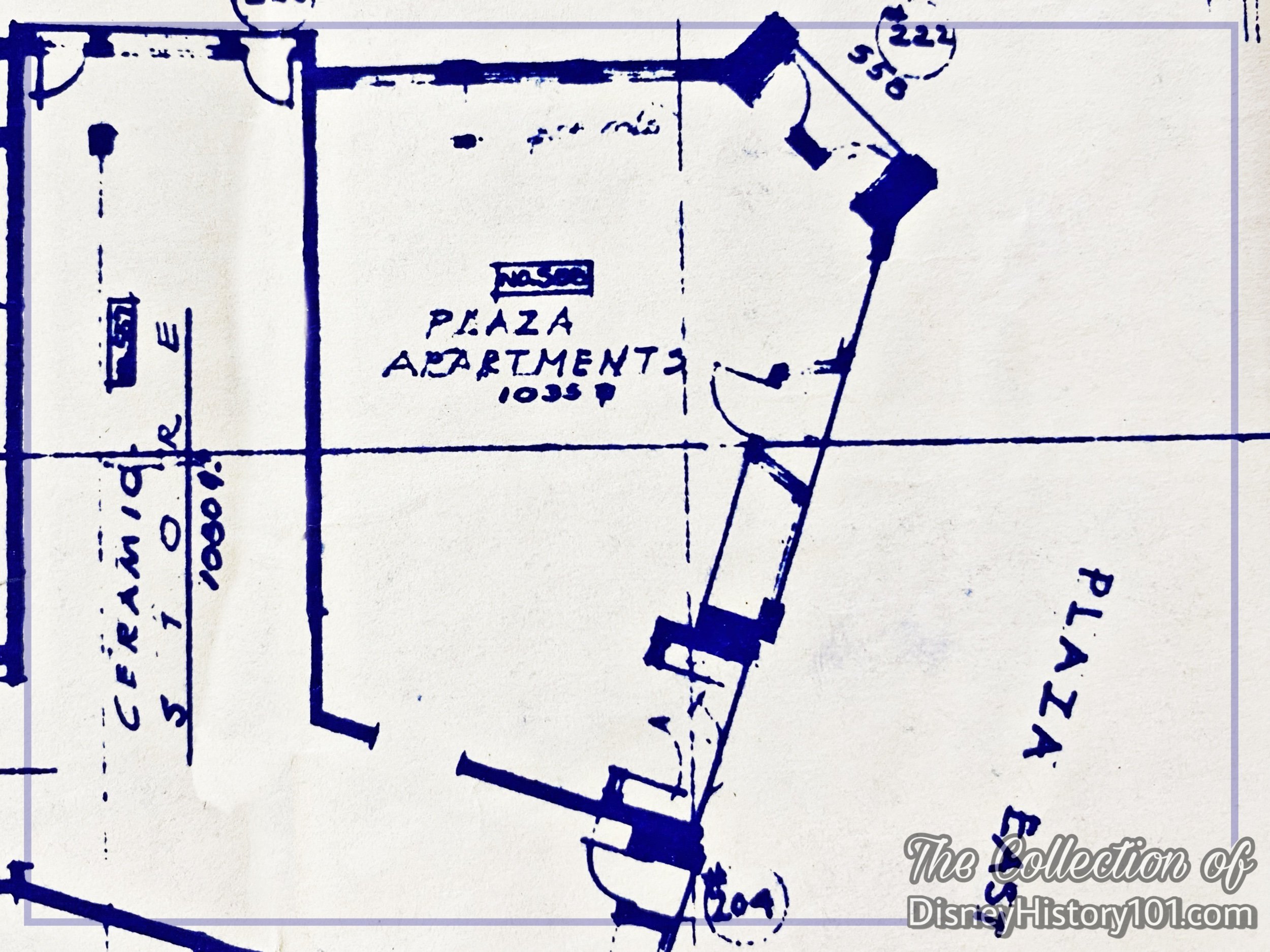
Disneyland Inc. Main Street “Key Plan for Units 300 - 400 & 500 - 600”; prepared c.1958.
“Construction”
F. M. Franz, manager of operations for McNeil Construction expressed: "We feel sure there has never been anything built like this in Southern California, or elsewhere in the United States. Many of the items were constructed from artist’s sketches.”
Forced perspective would make the buildings on Main Street appear taller than actually are. On Main Street the buildings would not be full scale. Ground floors were built about 9/10ths scale. Second floors measured up to 7/10ths scale. The scale on the uppermost floors would be smaller still.
Many companies participated in its construction, (possibly) including ABC Roofing Company (of Westminster, California), Universal Homemakers Inc. (a drywall interior, ceiling and floor specialist from Van Nuys, California), and Arthur Pizzinat (Venetian Terrazzo and Mosaic Company, Inc.) to name but a few.
First, a concrete foundation and slab floors were prepared, followed by wood frame construction (while store units would have a combination wood and rigid steel frame).
According to inserts published in area newspapers during July of 1955, Disney buildings were roofed by Pioneer Roof & Shingle Company (then located at 608 Mateo Street, Los Angeles, California; 7522 Westminster Avenue, Westminster, California). The roof covering was a variable, dependent on the architectural design. All fixtures were placed in their correct motif and many light fixtures were authentic antiques.
The buildings (as each on Main Street U.S.A.) possessed complete fire sprinkling systems. By June 30, 1955, related Disneyland Site Work Fire Protection Utilities Plot Plans were prepared for Disneyland Inc., by J.E. Thomasson of WED Enterprises Inc.
Lastly, a 45-star flag (one of five in Disneyland) was flown atop the roof of the quaint and comfortable Plaza Hotel, in keeping with the turn-of-the-century era. Once complete, The Plaza Hotel was located on the current 500 block of Main Street U.S.A.’s East Side, near the hub of DISNEYLAND®, though the address over the door read “222” back then!
As of June 2, 1955, C.V. Wood Jr. sent an Inter-Office Memorandum to Walt Disney regarding the best estimates that could be obtained at the time regarding the status of individual sections of the Park and Opening Day. C.V. reported that the shadow gags had been ordered. Painted signs, window, curtains, and shades were projected to be completed on time. The sound equipment was be installed, with completion of the tape recordings appearing to be fairly tight. The electric signs were “in work,” and with the exception of the shoe store and the Bank of America, all would be completed.

The Plaza Apartments Architectural Facade, August, 1955.
Sometime after Disneyland’s first day of operation in 1955, the Plaza Hotel was soon converted into the Plaza Apartments, maintaining its same address (of 222). The Plaza Apartments’ doors were finally opened on the corner of Main Street and East Plaza, situated not far from Ruggles’ China Shop, and down the street from the very first incarnation of the Art Corner on East Plaza. Here, Disneyland guests were invited into a plush 1900-era foyer (from 10a.m. to 7p.m.), which efficiently served as Disneyland’s Tourist Information and Guest Registration Center.
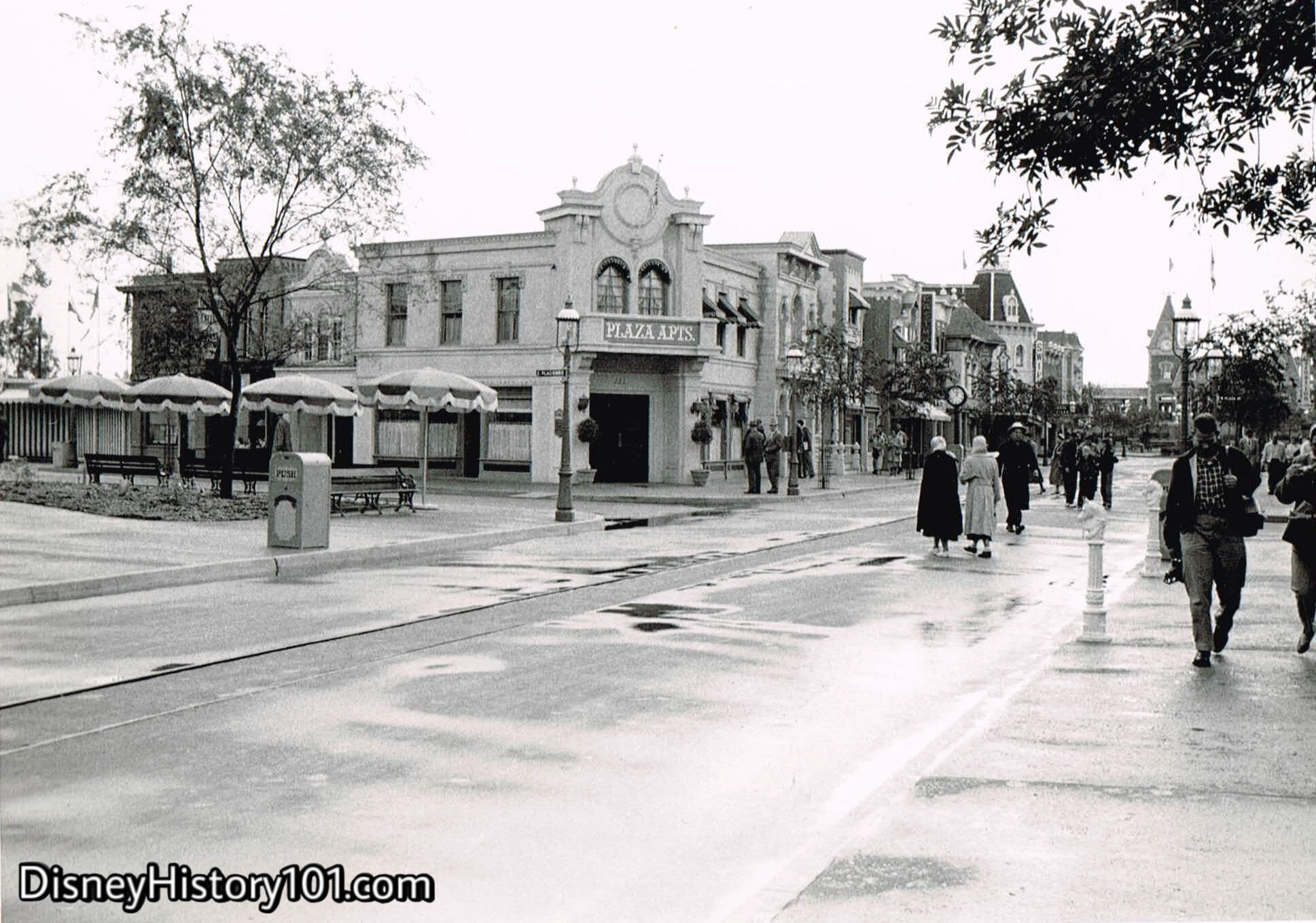
Plaza Apartments Architectural Facade at the corner of Main Street and East Plaza, 1955.
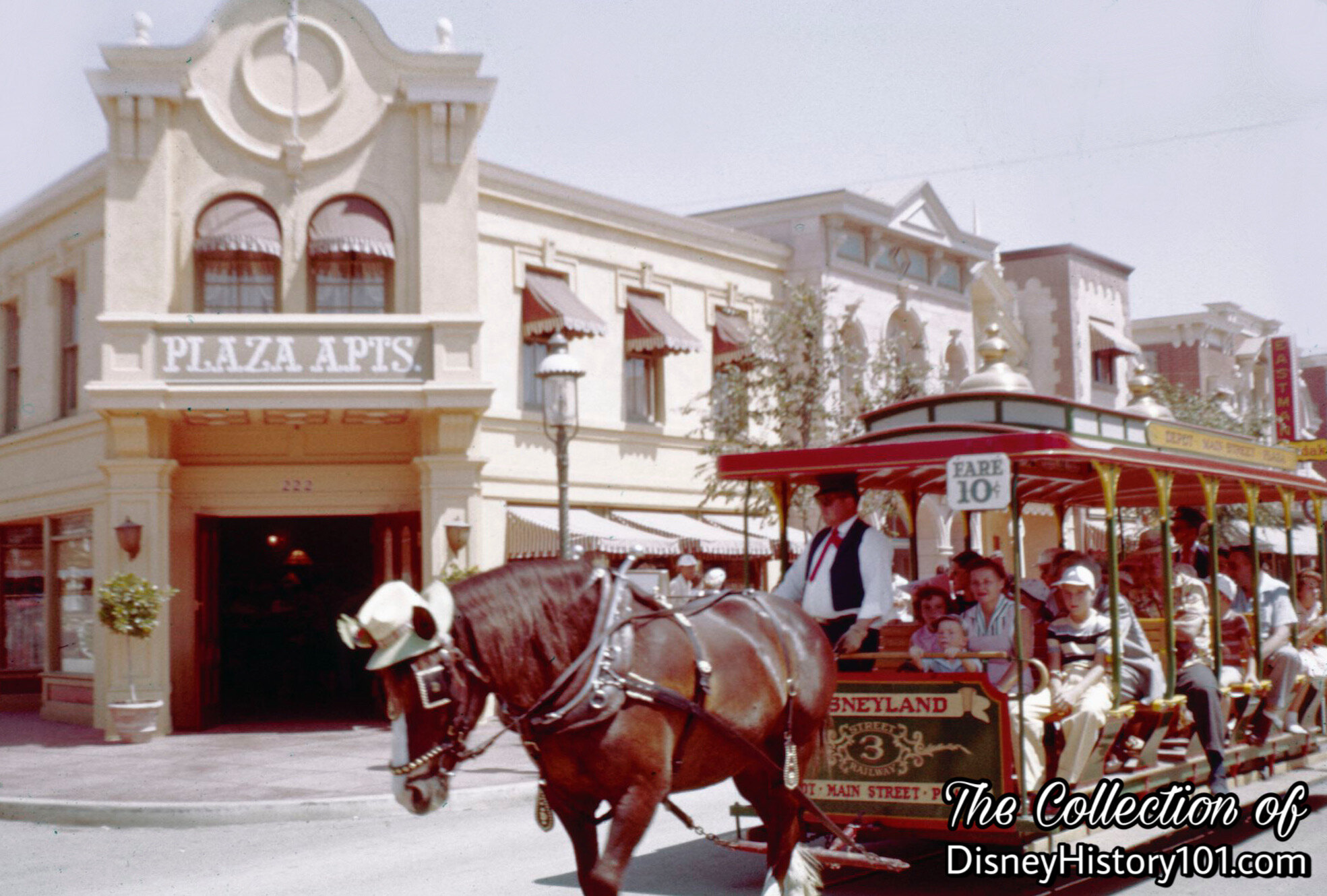
Plaza Apartments Architectural Facade, 1955
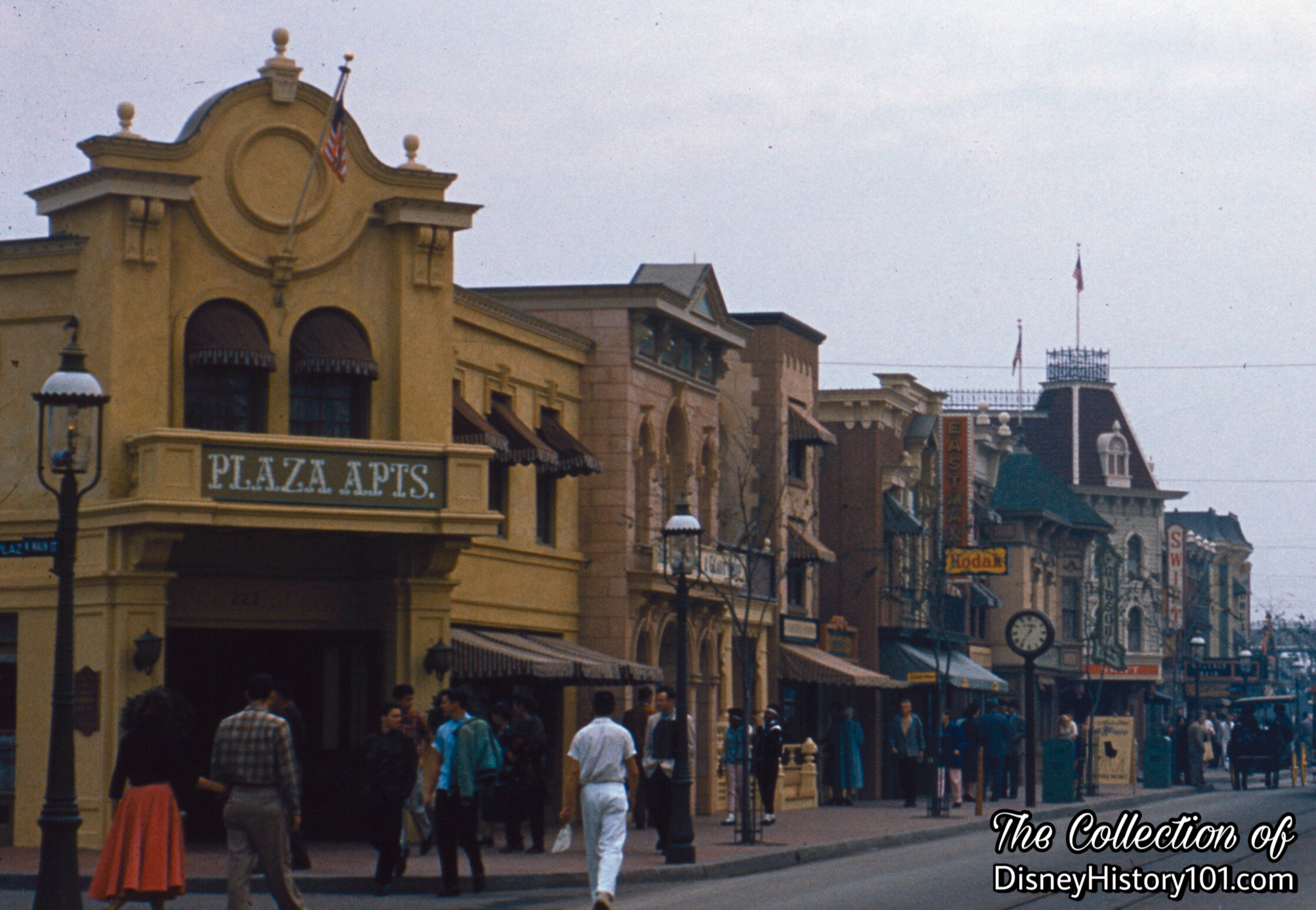
Plaza Apartments Architectural Facade
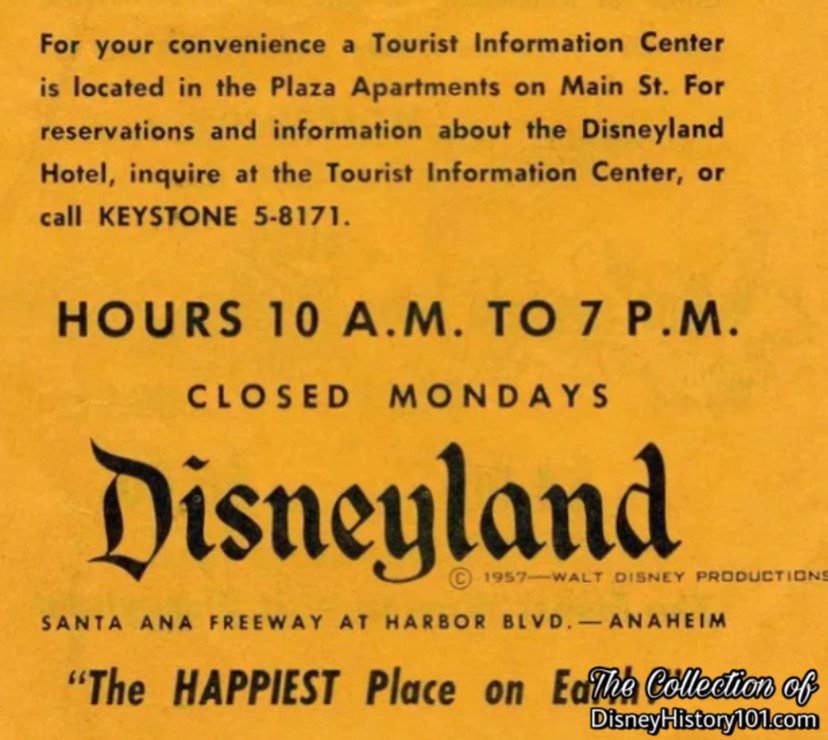
Early Main Gate Media advertising the Plaza Apartments.
“For Your Information”
General questions about DISNEYLAND were asked, granting opportunity to assist by responding in a positive manner. For out of town visitors, the center offered both reservation and general information about the Disneyland Hotel. Information Brochures about motels and trailer parks were also available here.
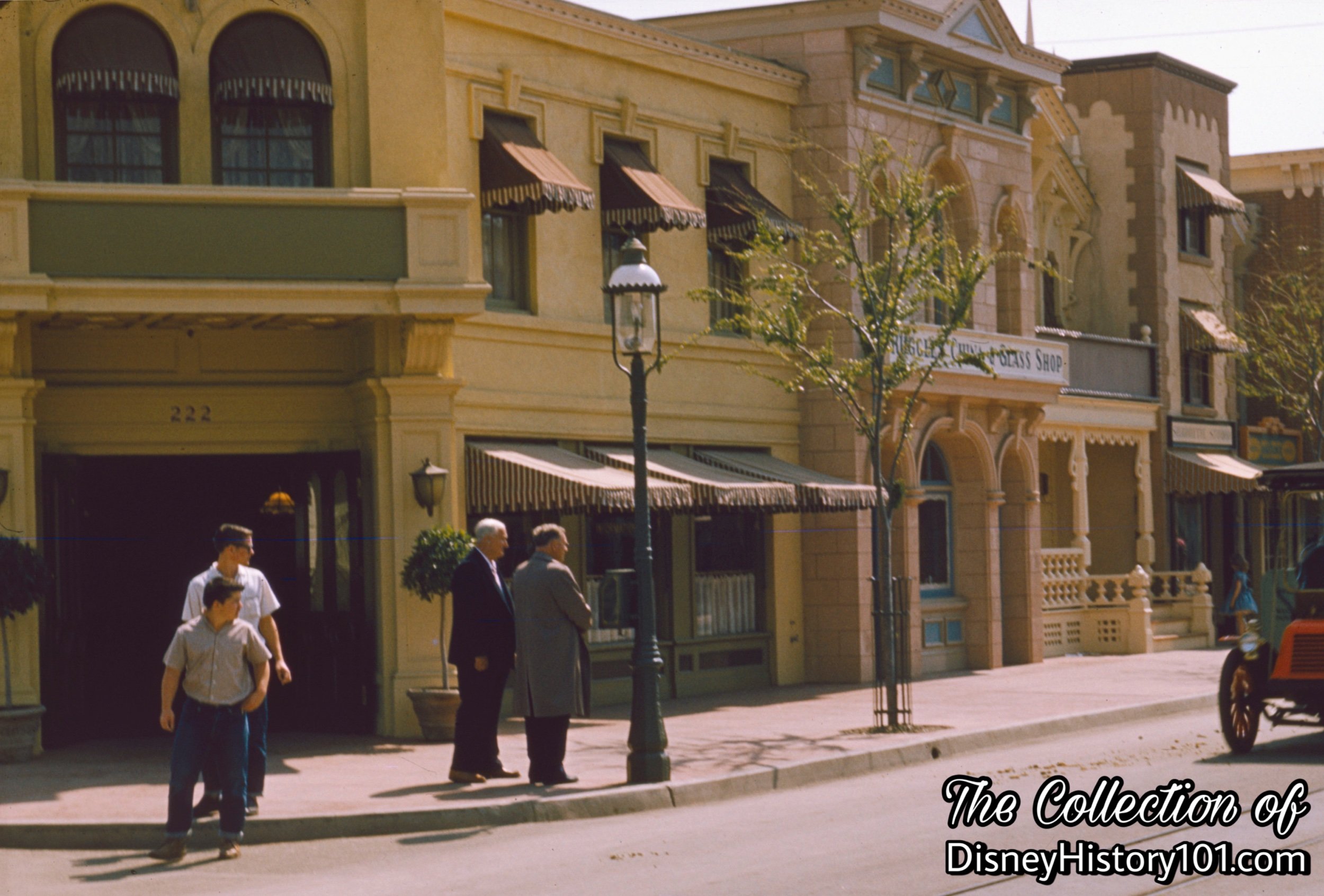
The Plaza Apartments Vanishes from the Architectural Facade as the first Disneyland D.M.C. makes its way down Main Street U.S.A., c. May 1956.
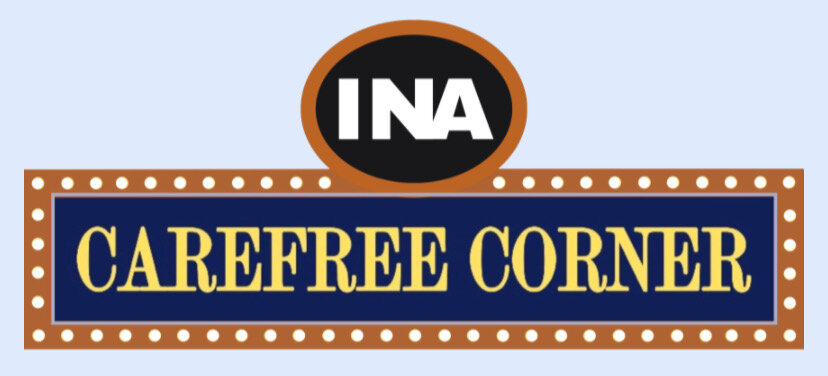
Carefree Corner (August 22, 1956 - 1974)
Since 1954, Walt was searching for participants to lease shop and restaurant spaces at Disneyland, and help generate the necessary capital to fund construction of Disneyland. By July 1, 1954, Russel Tippett of Disneyland Inc. Advertising oversaw Exhibitor’s Space Sales and Lease Agreements.
Disney formed contractual relationships to a group of companies called “Participants” who agreed to sponsor various attractions and facilities in the Park in return for specific rights and privileges. In a synergistic relationship, the companies (in turn) could sell their products and advertise their corporate names in the Park. Disneyland Participant Corporate Sponsors were carefully selected. High quality, long term corporate sponsors would provide incremental income that enabled Disneyland to enhance its show and attractions, offset some operating expenses, and capitalize on marketing opportunities.
Soon, “a cross-section of American industry…[was] represented in Disneyland. Each of these companies… [would expose] its institutional advertising and public relations message to Disneyland guests through various forms of participating exhibits and displays. In each case, the exhibit… [was be] related to the theme of the ‘land’ in which it is located, and is woven into the overall concepts and themes of Disneyland,” according to “Disneyland, U.S.A.”, published 1958. Many free exhibits of Main Street U.S.A. were sponsored by one of the United States’ “old reliable firms, which have been in business fifty years or more. Here they can show how they started and reproduce their first place of business.” [Disneyland Prospectus, 1954]
In turn, Disneyland, Inc. received income. For example, in 1958, Bank of America appraisers figured of the total income received from leases, 16.02% was derived from the selling of advertising rights and 40.12% from the leasing of space to concerns whose main reason for occupancy is for advertising purposes. The remaining 43.86% of the lease income was derived from stores that sell various products and food.
By 1956, this Plaza Apartments free Disneyland exhibit gained a sponsor - Insurance Company of North America (or, INA) and a new name - the Carefree Corner (though the location’s sign would still temporarily read Plaza Apartments). At Disneyland, each Guest needs to be assured that you CARE! The Insurance Company of North America (or, INA), and its affiliate PEG (Pacific Employers Group) were proper sponsors for Main Street U.S.A., as the parent company had been providing proper business, home, car, life, and health insurance for quite a time (by 1967, they were celebrating their 175th anniversary). For now, the “Care Free Corner” (and the 945 square-foot space) fit well with INA’s current advertising slogan - “For a more care-free life at all times, be sure you and your family have the proper insurance protection.”
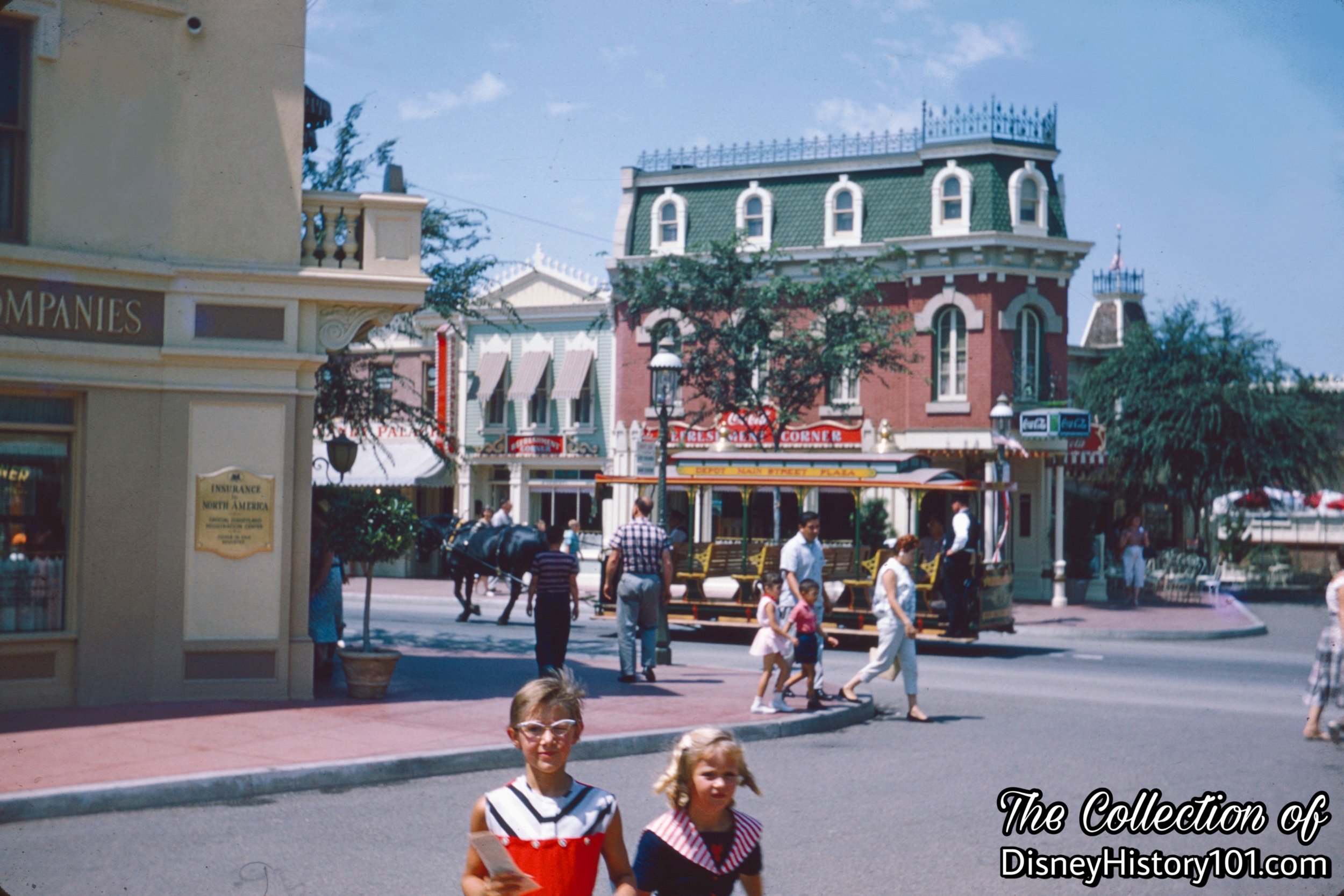
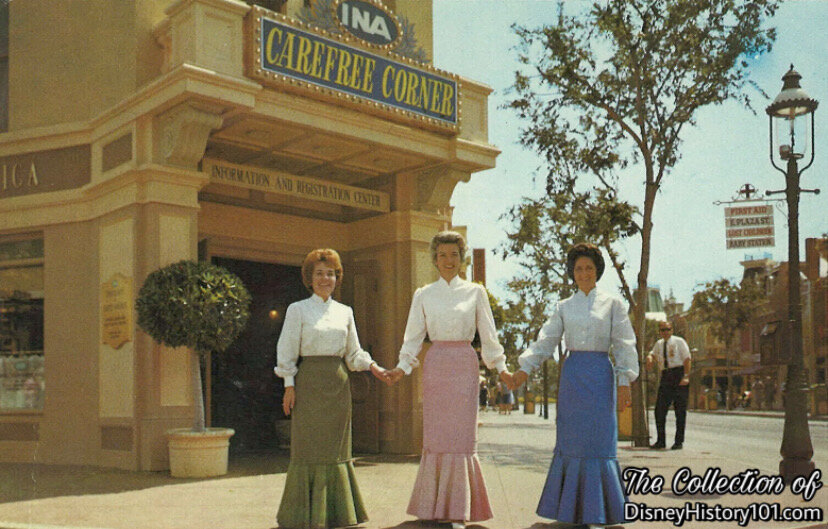
In This Carefree Corner Disneyland Postcard Image, Lovely INA hostesses extend a courteous smile in Front of House and are ready to assist Disneyland guests!
“Service à la Disneyland”
Here, an increasing number of visitors would stop by the Carefree Corner, official information center maintained by INA-Insurance Company of North America - and its 20,000 local agents and brokers in the United States and Canada. Carefree Corner administered information for Disneyland, travel reservation Information for surrounding area, Bus and Helicopter schedules, and motel and trailer park information.
More than that, Hostesses created tangible, delicious memories Guests through its merchandise and show. They handed out information books at the entrance and through the doors, guests could “rest a spell” on the round, velvet banquette, while waiting their turn to approach the registry desk and sign the leather-bound Disneyland Guest Register. Beginning in 1959, the Disneyland Guest Book highlighted the 50 states and numerous international locales. By October of 1959, free copies of the Declaration of Independence were available on request.
Actress Spring Byington (of “December Bride) and child actor Bobby Diamond (of “Fury”) were photographed registering (Spring, for Colorado and Bobby, for California) for their 1956 “TV Radio Mirror” photoshoot at Disneyland. At least some members of the “National Association of Amusement Parks, Pools, and Beaches” likely visited the INA Carefree Corner during their tour of Disneyland, from September 18-20 (Tuesday through Thursday), of 1956 (one of whom was the President, George F. Schott, who once served as advisor of Disneyland planning, construction, and operation). According to the Official Guide to Disneyland (published 1956), “more than 800,000 people have signed the Disneyland Guest Register…giving their home towns and addresses.” By the following year, “A Complete Guide To Disneyland” (published 1957) states that “more than 900,000 people have signed the Disneyland Guest Register, located at the Plaza Apartments on Main Street, giving their home towns and addresses.” The latter source continues : “40% of all Disneyland visitors are from out of state, including visitors from 63 foreign countries.” Soon, Donna Rochelle of the Carefree Corner reported to Vacationland magazine, that the “guest registry books now include names of people from every state and more than 100 foreign nations.”
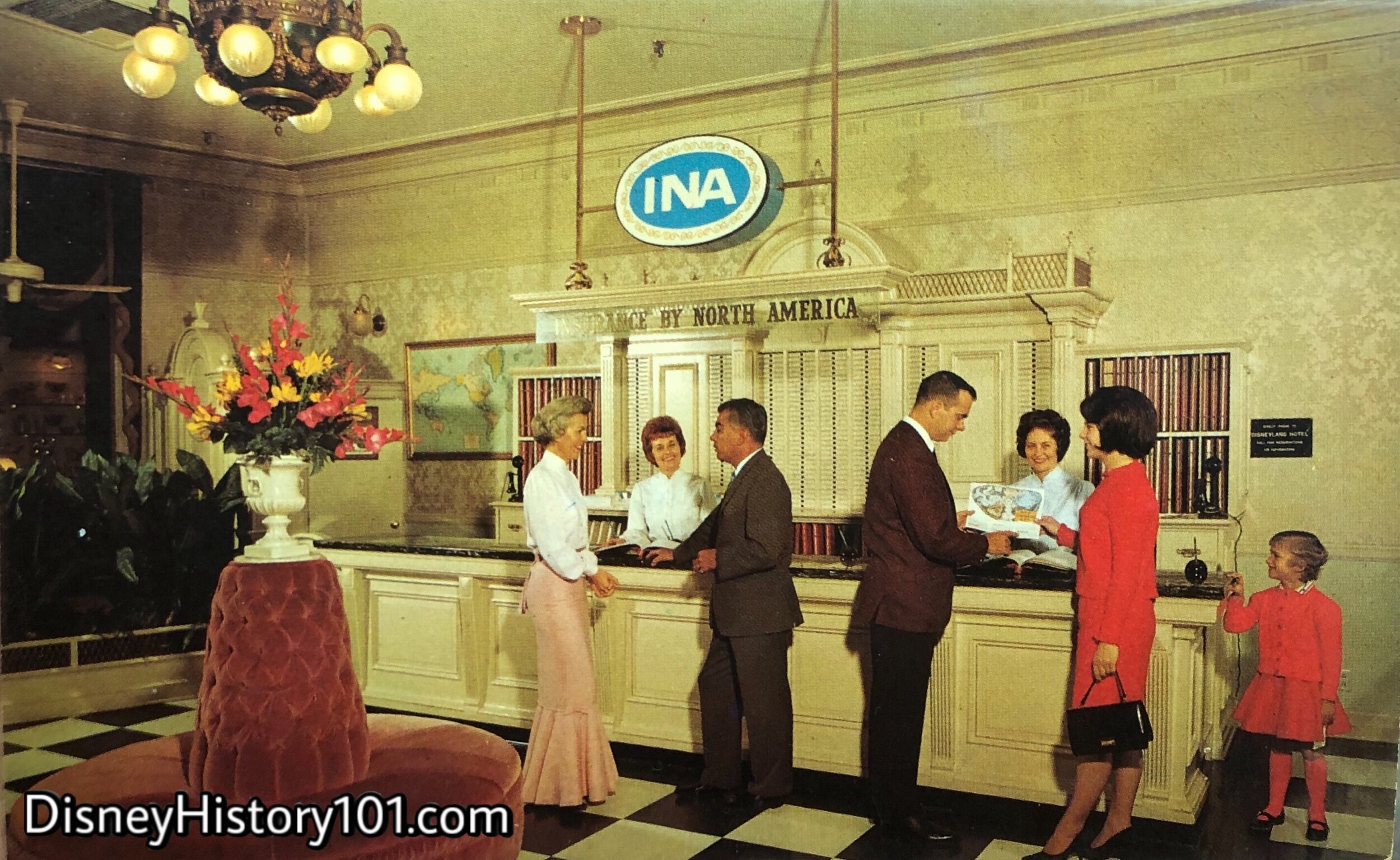
INA Carefree Corner Disneyland Postcard Image
Each Guest is regarded as a VIP: a Very Important Person. Early Disneyland Cast Members represented all of Disneyland, and promoted goodwill between Disney and the VIPs. As seen in the previous Postcard images, lovely Hostesses maintained the INA Carefree Corner at Disneyland! These hostesses offered friendly service, which included a souvenir gift (an information booklet, also available at the Main Entrance), directions to Disneyland attractions, and travel and reservation assistance. The INA Hostesses would even help guests plan their Disneyland visit, supply road maps, provide hotel-motel information, and give directions to other Southern California attractions or cities of interest. “The insurance companies of North America have provided travel information for your convenience and brochures from California, Nevada, and Arizona ; maps of many parts of the West ; and bus, helicopter, airline and train schedules.” You may personally recall taking home an INA (Insurance Company of North America) pamphlet from one of the displays. Of course, the INA Carefree Corner’s most memorable brochure was “Your Guide to Disneyland,” provided as “a free service” by INA. The guide featured maps of each land, and showed the location of Disneyland’s free shows & exhibits, shops and stores, services, refreshments, telephones, restrooms, ticket booths, and information and assistance facilities. Also listed, were the current attractions (with brief descriptions), as well as their price of admission and corresponding “letter” of Disneyland coupon. Disneyland Cast Members have always been well aware of general information regarding restaurants, shows, parades, events, and directions, and (aside from the Guides) the INA hostesses were “the creme of the crop” in this regard! For guests who had not arrived yet, the Tourist Information Center and Guest Registry Center could also be reached via phone (by calling KEYSTONE 5-8171).
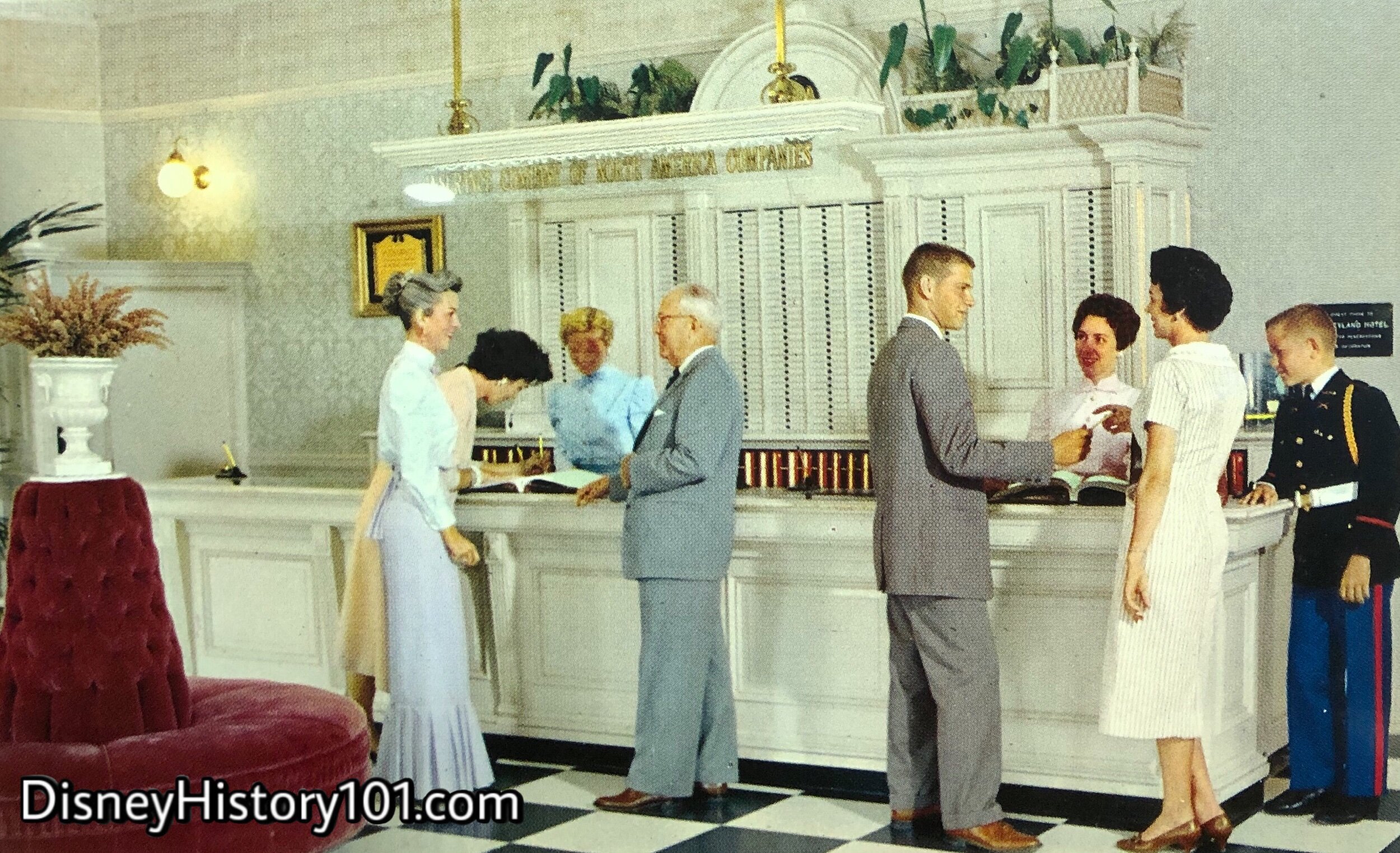
Disneyland Carefree Corner Disneyland Postcard Image
During 1957, an INA advertising campaign included a series of photographs featuring families enjoying the magic of happiness while exploring various attractions of Disneyland - including Spacemen, the Mark Twain Steamboat, and the most iconic Sleeping Beauty Castle. The campaign relied on the peace of mind or happiness experienced at Disneyland to promote various package policies available through INA. Promotional contests were also run in coordination with the Tomorrowland Art Corner, awarding free Disneyland “originals” (production cels and drawings) to winners selected at random.
By January 1, 1958, the 945 square-foot shop space in Main Street Building #500 was still occupied by the Insurance Company of North America. Finally (by 1958), the location was given its official name in print for perhaps the first time - the Carefree Corner, within the Official Guide to Disneyland (published 1958)! The corporate synergy was good for a time. Institutional lessee North America Companies yielded some revenue for Disneyland Inc. - $22,534 for the fiscal year ending September 29, 1957 and $22,708 for the fiscal year ending September 28, 1958.
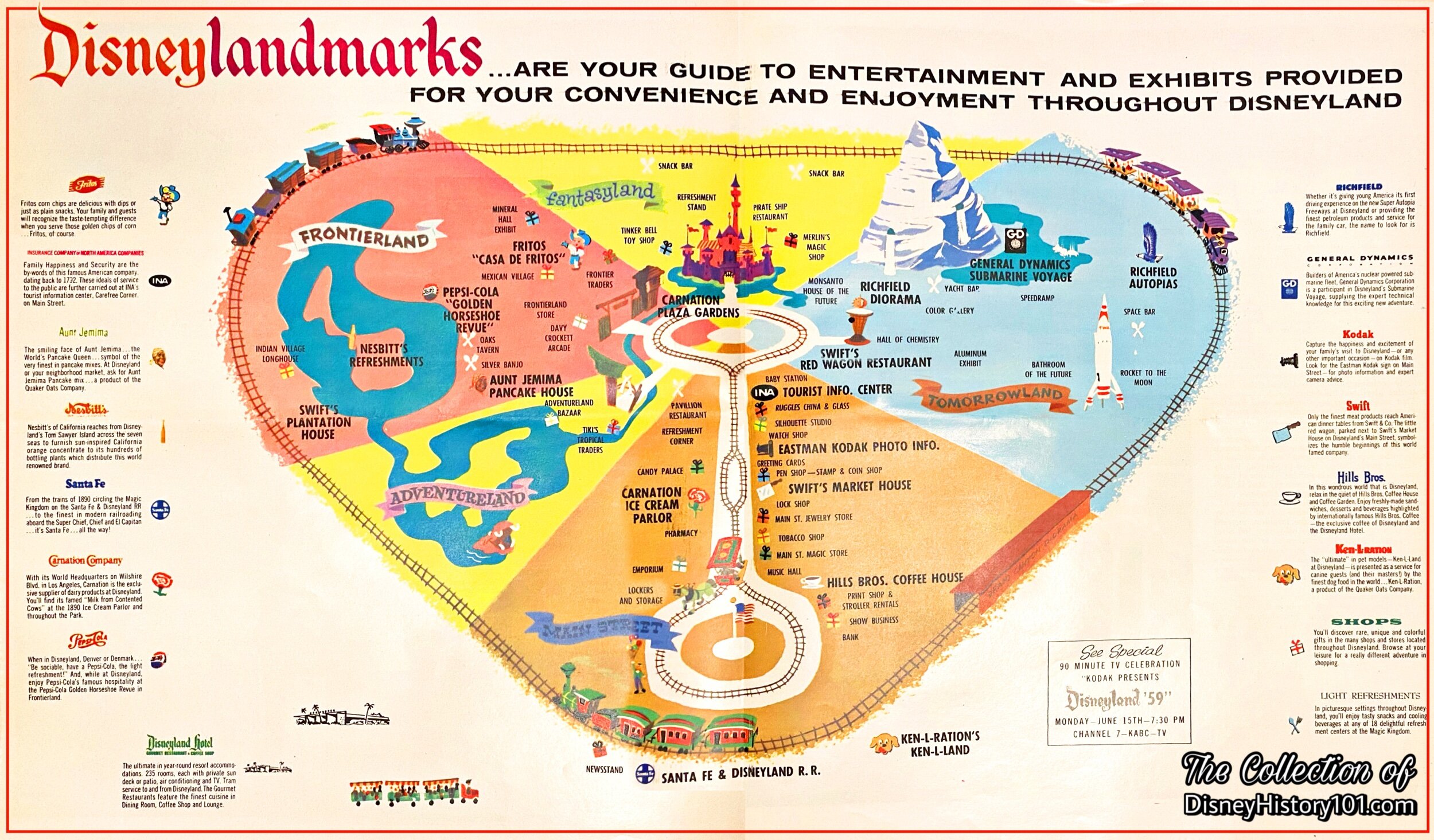
INA Insurance was a contributing sponsor for Disneyland ‘59 (also referred to as (“the second opening of Disneyland”)!
Owning to Jack Sayers (of Lessee Relations), the Carefree Corner (and INA) would soon be included in a list of Disneyland Participants which sponsored “Disneyland’s second opening” - “Disneyland ‘59!”
By October of 1959, the company was (1) of over sixty-eight other firms playing a vital part in the team effort to bring happiness to Disneyland’s Guests. Some were small, specialized individual operators; some were huge companies such as Swift & Co. - the Bank of America - United Paramount Theaters (which you hear as UPT) - Carnation - Richfield - General Dynamics - Crane - and many others. These companies used the park to publicize their wares, leased space in the Park to sell their wares, and Disneyland collected advertising fees from them.
By 1959, of the total income received by Disneyland, Inc. from leases, 16.02% was derived from the selling of advertising rights and 40.12% from the leasing of space to concerns whose main reason for occupancy is for advertising purposes. The remaining 43.86% of the lease income was derived from stores that sold various products and food.
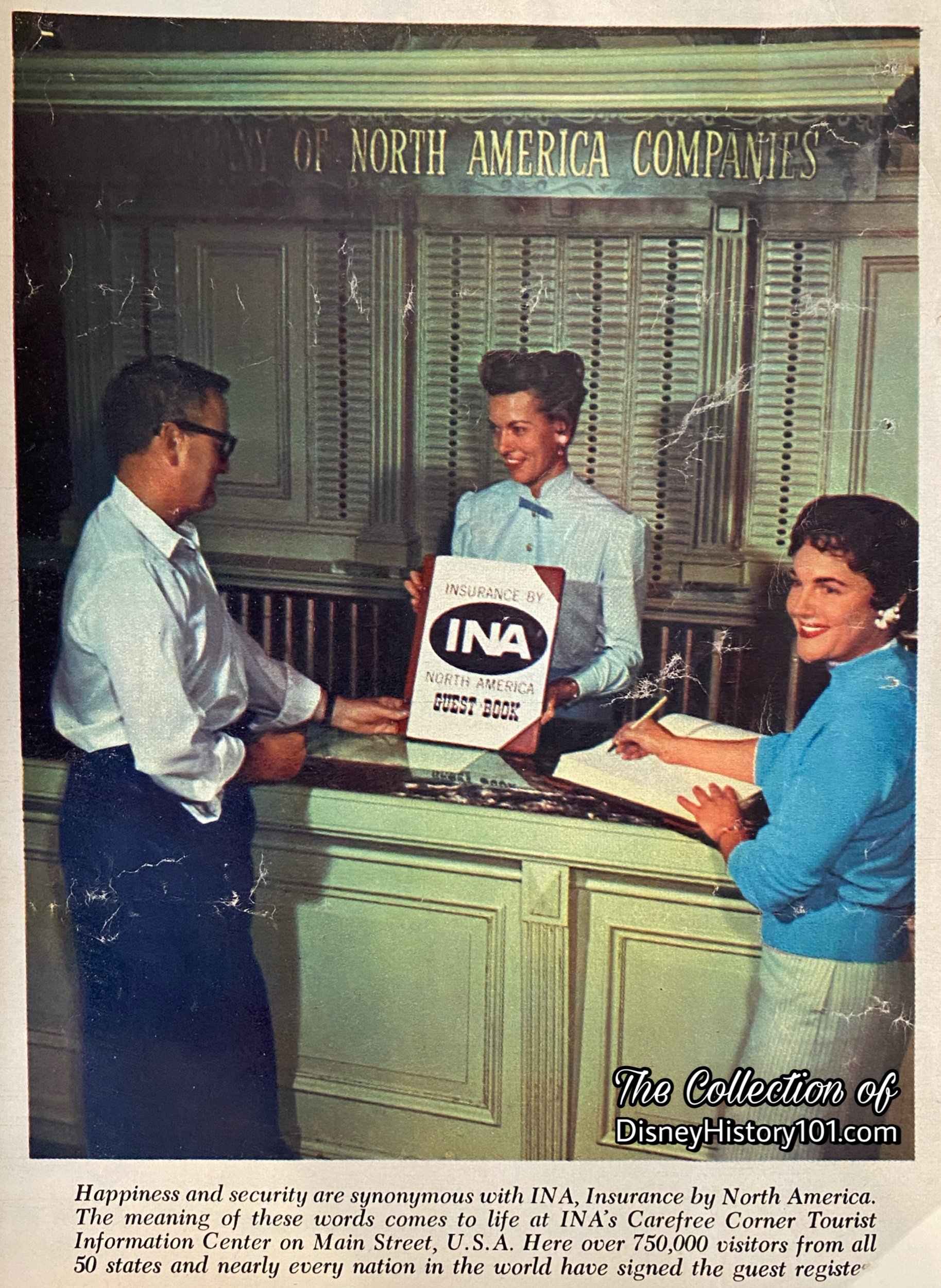
INA Carefree Corner as seen in “Disneyland Summer ‘59” Supplement Excerpt.
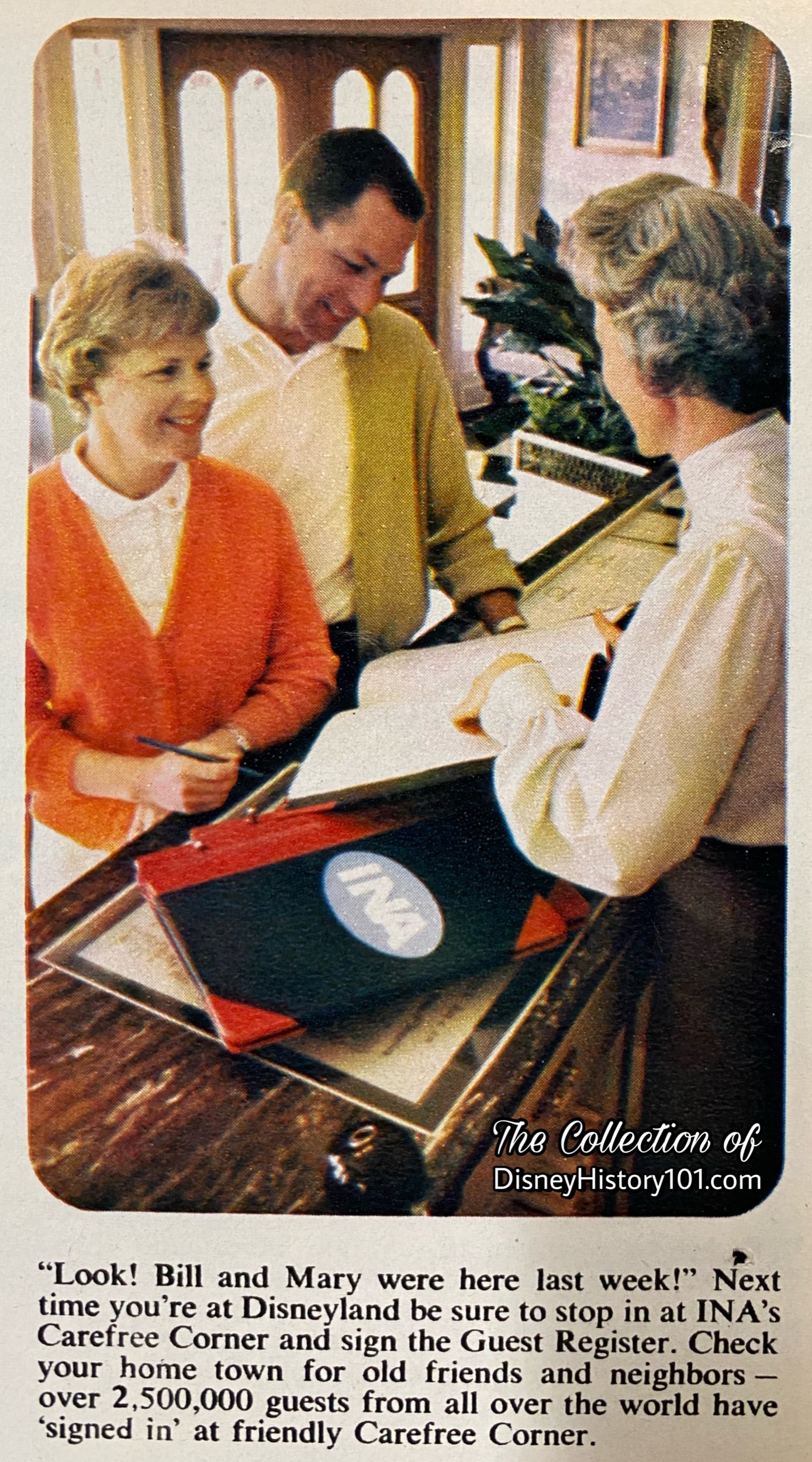
INA as seen in “Disneyland ‘65 Tencennial Celebration” Supplement Excerpt.
The Guided Tour Script of 1962 highlighted the Carefree Corner “sidelight” to groups along the tour this way : “There are many interesting and unusual shops along Main Street I’m sure you’ll want to visit later. You might also like to stop by Carefree Corner, the official information and registration center here in the park. They have a registration book from each of the 50 states. They will be happy to present you with a souvenir copy of the Declaration of Independence.” By 1964, “Disneyland’s official Registration Center, presented by the Insurance Company of North America” offered “every guest…a copy of the United States Bill of Rights,” according to Vacationland magazine (published for Winter/Spring of 1965).
During 1965, the “Tencennial Newsletter” reported on the INA Guide to Disneyland published for Park guests:
“‘Your Guide to Disneyland,’ a 32-page booklet covering all aspects of the Magic Kingdom, is now being presented free to all Park visitors. Sponsored as a service to Disneyland guests by the Insurance Company of North America, 375,000 copies of ‘Your Guide to Disneyland’ were printed for distribution from October to January, 1966. The pocket-sized booklet features a photograph and welcoming message from Walt Disney on the cover. Highlights of the guidebook include information on shops, exhibits and restaurants in Disneyland, individual maps of each ‘land’ and a listing and explanation of each of the 50 attractions and adventures in the Park. Also included are sections of ticket books, the Guided Tour and future developments for the Magic Kingdom. A copy of the guidebook is given to each group that purchases any form of admission media. Due to the souvenir value of the publication, Disneyland officials estimate that exposure to the booklet's Park information and INA's institutional message on the inside front, and outside back, cover will exceed six million people annually.”
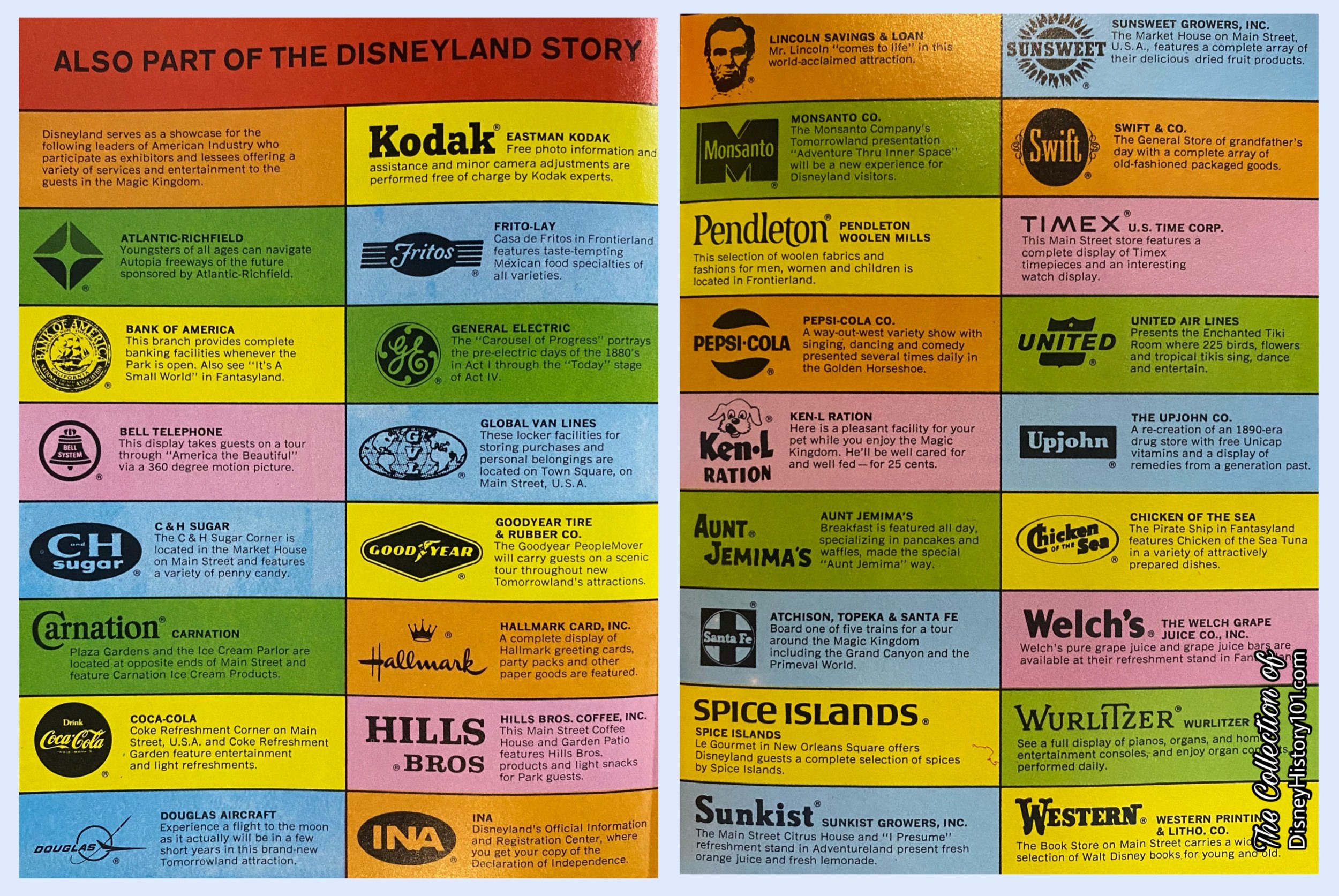
INA was a Disneyland Participant and thus “part of the Disneyland story according to this “Disneyland ‘67” Excerpt.
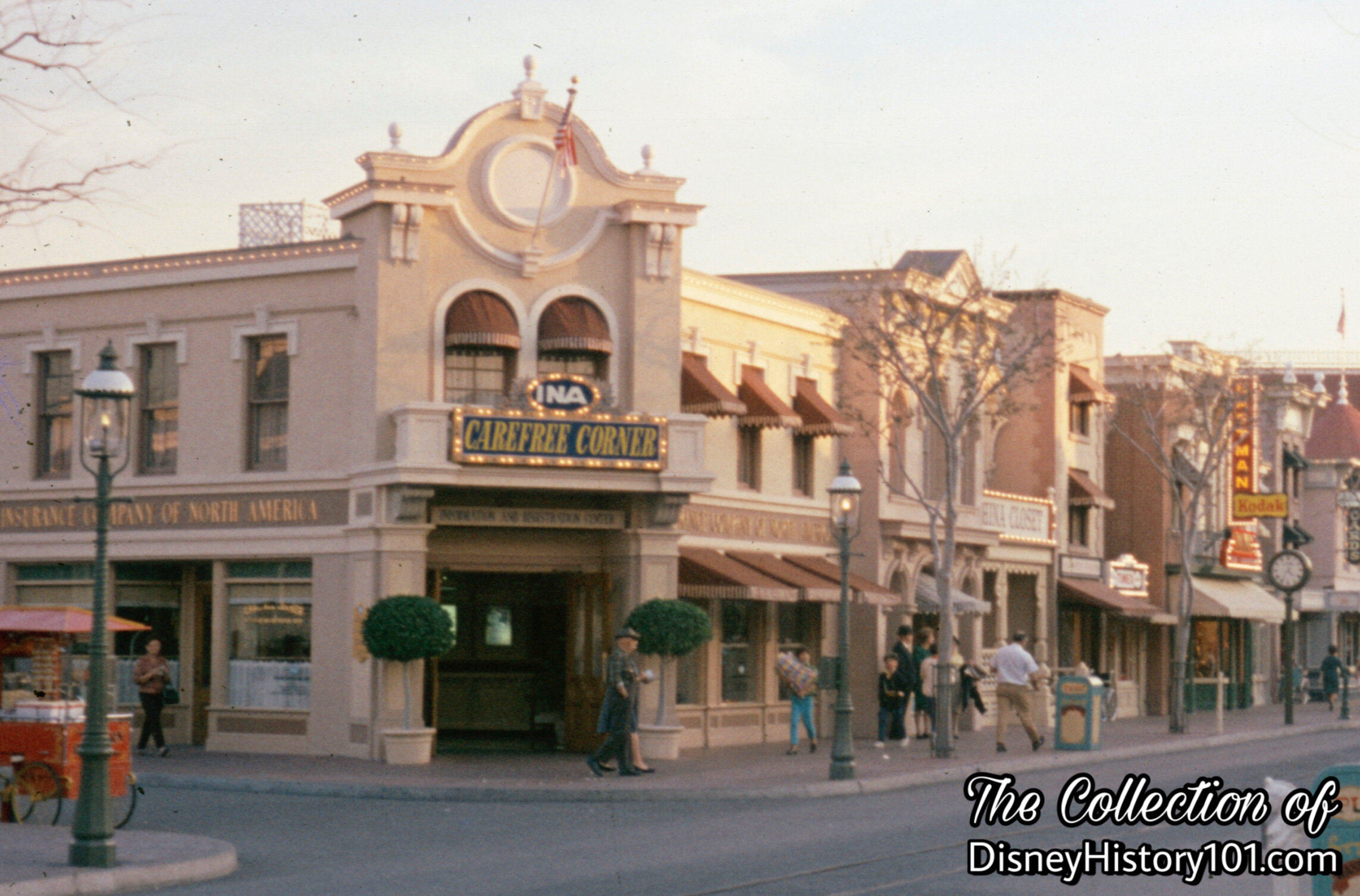
INA Carefree Corner Architectural Facade
The Carefree Corner name would remain intact for 16 years, and during this time, guests could visit the free exhibit and pick up their complimentary copy of the Declaration of Independence, before leaving Disneyland. Employees of the mid-1970s may recollect that INA held their offices Backstage near the Pony Farm. INA - Insurance Company of North America and a few of its 20,000 local agents maintained the Carefree Corner at this time!
Alas, Disneyland Participant Affairs and Participant INA could not negotiate a new cooperative agreement to maintain their ongoing relationship. While, INA’s sponsorship of Carefree Corner ended in 1974, the purpose of the Carefree Corner remained the same for some time! INA would go on to briefly sponsor another exhibit, from their offices in a certain apartment overlooking New Orleans Square.
By 1974, Disneyland Guest Relations (most of them, Disneyland Tour Guides and Hostesses) began to staff the facility, continuing to “maintain the registry and still answer the millions of guest’s questions,” according to Disneyland LINE (Vol.18, No.14 ; April 3, 1986). Three years later (during 1977), Travelers Insurance Company took over INA’s account with Disneyland, offering new policies and benefits to Disneyland Cast Members. Though many positive changes had been made, the presence of long-time Disneyland Participant Insurance Company of North America would be missed. As for the Carefree Corner, the location continued to serve a similar function for 11 more years, but operating under the name of Hospitality Center (from 1974 to the Spring of 1985).
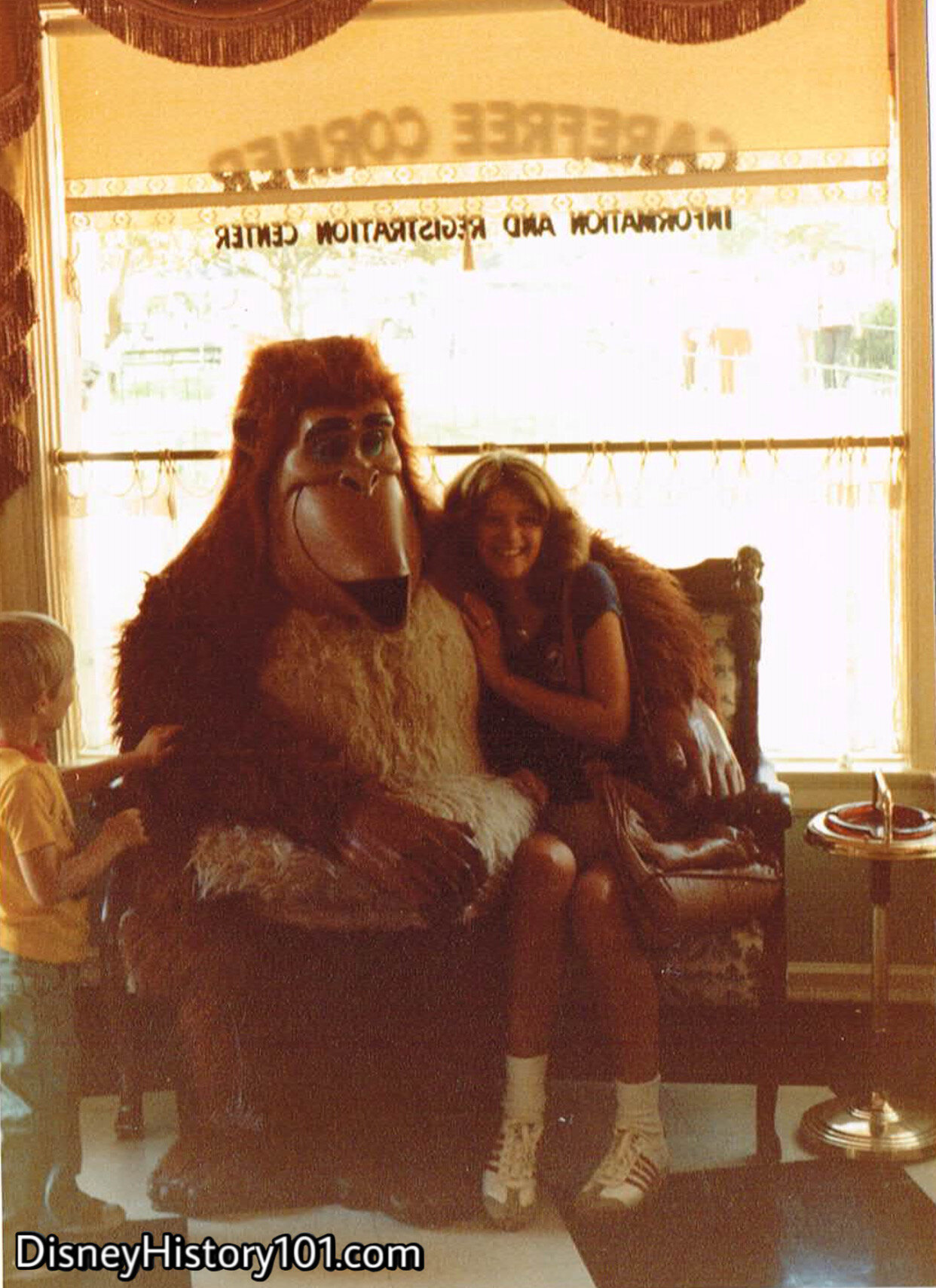
Carefree Corner serves as a Character Greeting Area, early 1970s
The Carefree Corner occasionally served a station where Disneyland guests could meet and greet their favorite Disney Characters. Here, a guest rests on a settee with King Louie, in the foyer of the Carefree Corner.

“For Your Information”
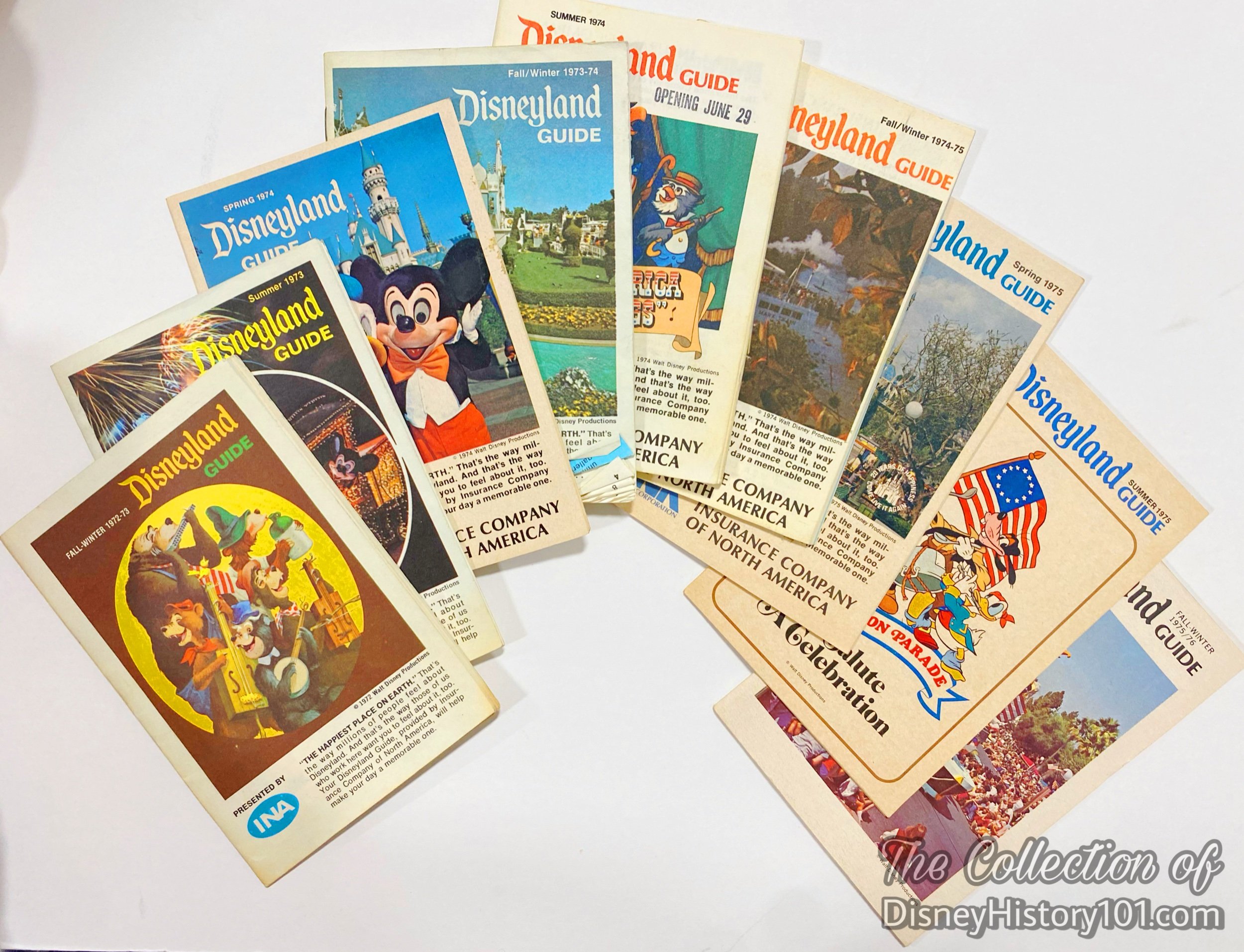
“For Your Information”
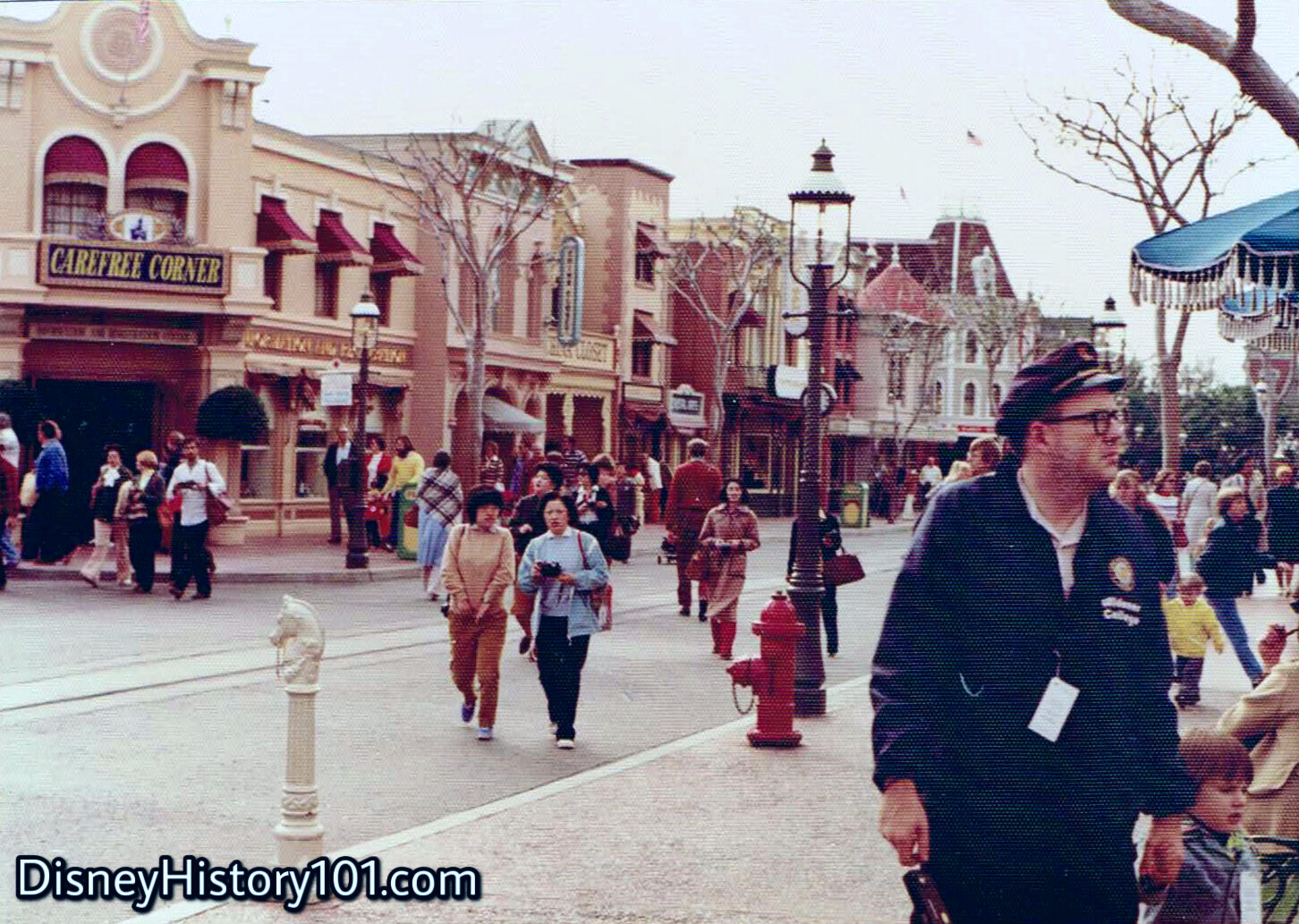
Disneyland Carefree Corner, (c. 1975 - 1976)
Three years later (during 1977), Travelers Insurance Company took over INA’s account with Disneyland, offering new policies and benefits to Disneyland Cast Members. Though many positive changes had been made, the presence of long-time Disneyland Participant Insurance Company of North America would be missed. In the background, note the Sleeping Beauty Castle emblem (which represents Disneyland) in the place of the former INA logo over the doors. As for the Carefree Corner, the location continued to serve a similar function for 11 more years, but operating under the name of Hospitality Center and Disneyland Information and Registration Center (from 1974 to the Spring of 1985). The reason was that (in 1974) INA had moved into a particular Royal Street address overlooking New Orleans Square.
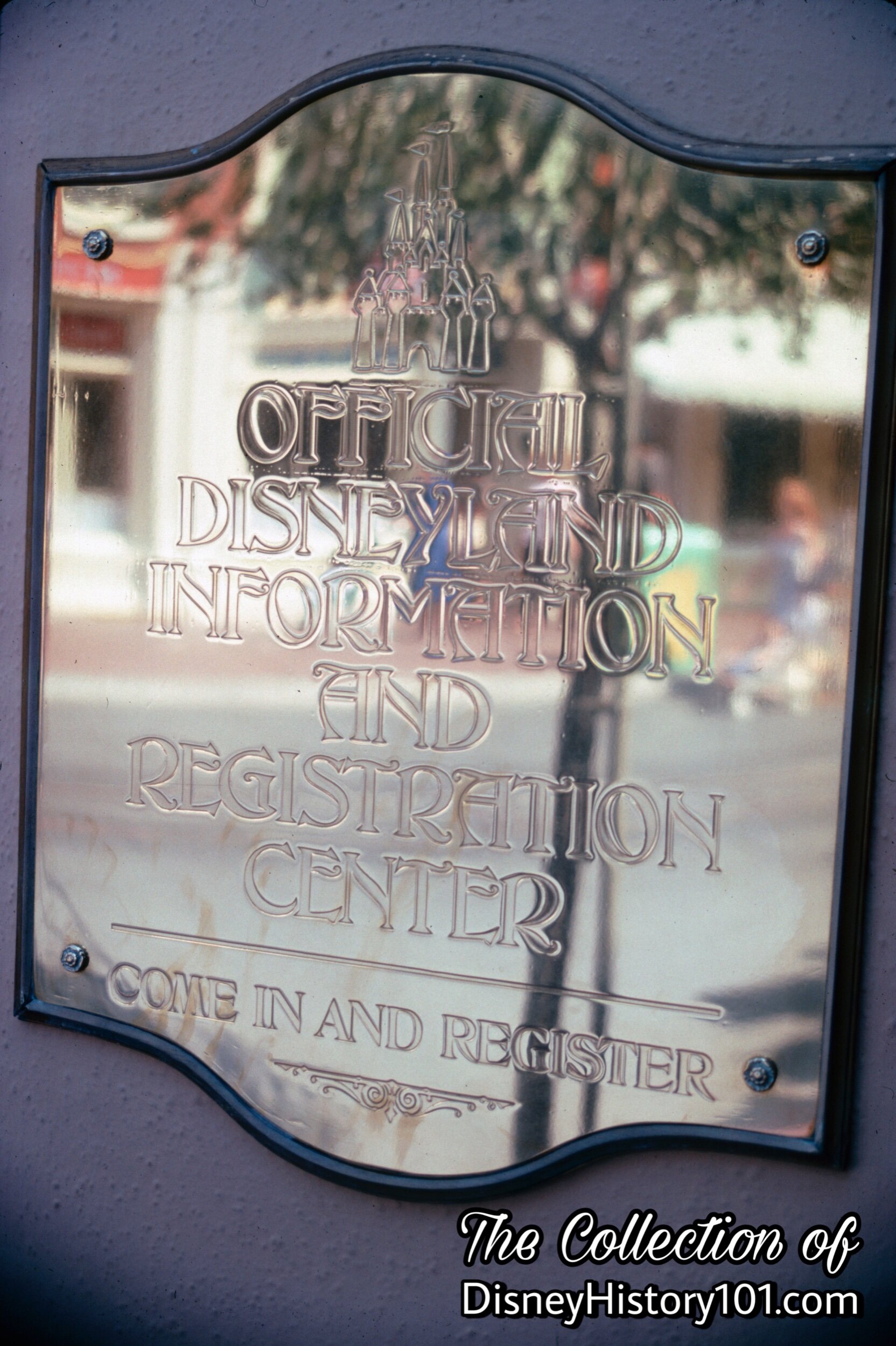
Disneyland Information and Registration Center Plaque at the Hospitality Center, (1983)
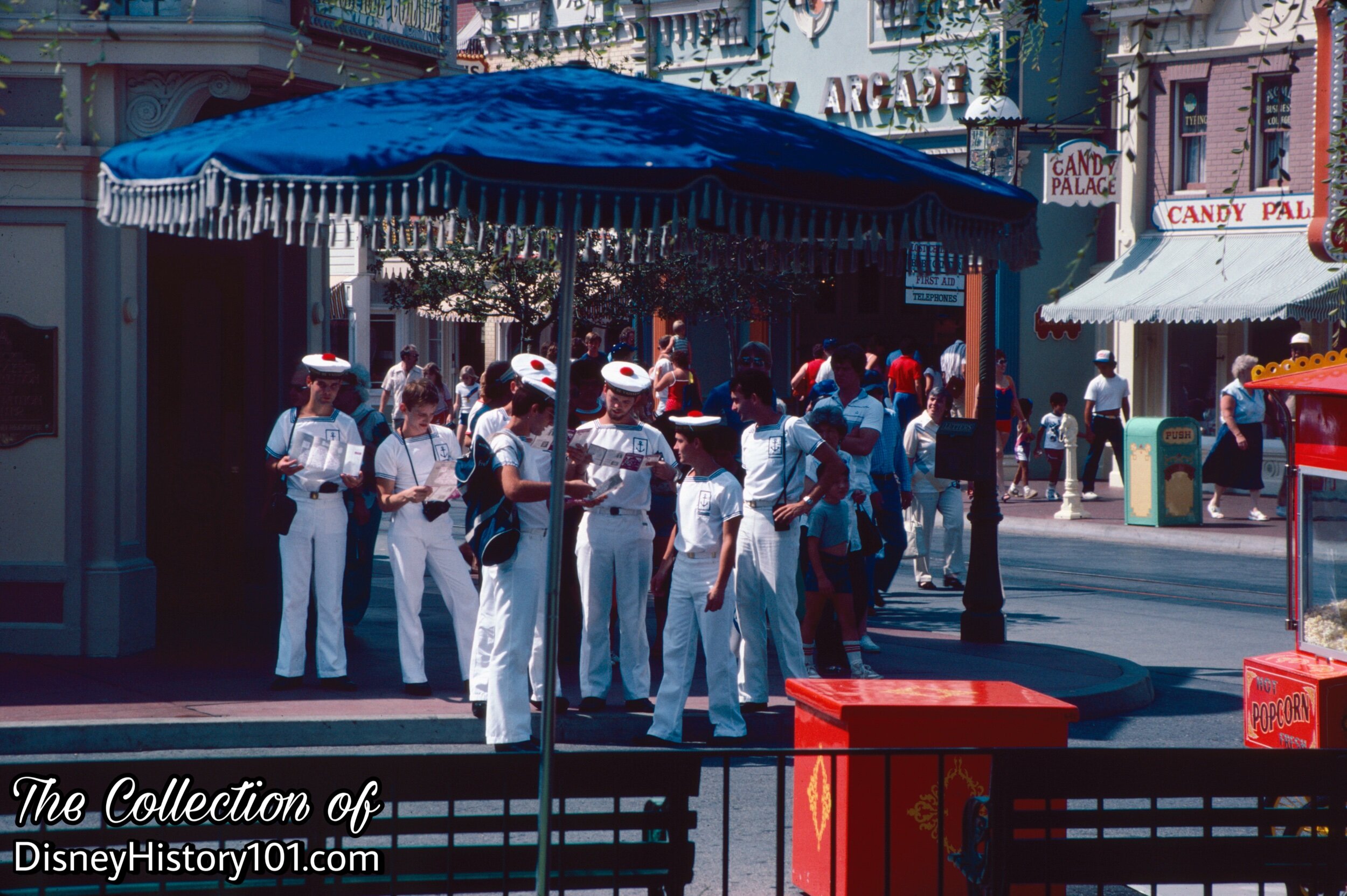
Disneyland Information and Registration Center, (1983)
First time guests (as this group of French National Naval Officers) could always find some direction and information at the Official Disneyland Information and Registration Center!

“CARD CORNER” (1985 - 1988)
From 1985 to 1988, a new sponsor would “greet” guests in this stately location on the hub - Gibson Greeting Cards! The old lobby was transformed into a cozy new shop that would briefly (and, appropriately) be called Card Corner for the next three years. The shop was still shared with Disneyland Guest Relations (and its Disneyland Tour Guides) who continued to staff the facility and answer guest’s questions and address guest’s inquiries. The lobby would take on a whole new look and function - that of a shop where guests could purchase greeting cards, gift wrapping paper and other gift items.
According to Disneyland souvenir guides (published 1988), during this time, the shop still served as the Disneyland Information & Registration Center where guests signed their name in the Disneyland Guest Book and could pick up information on other Southern California attractions.
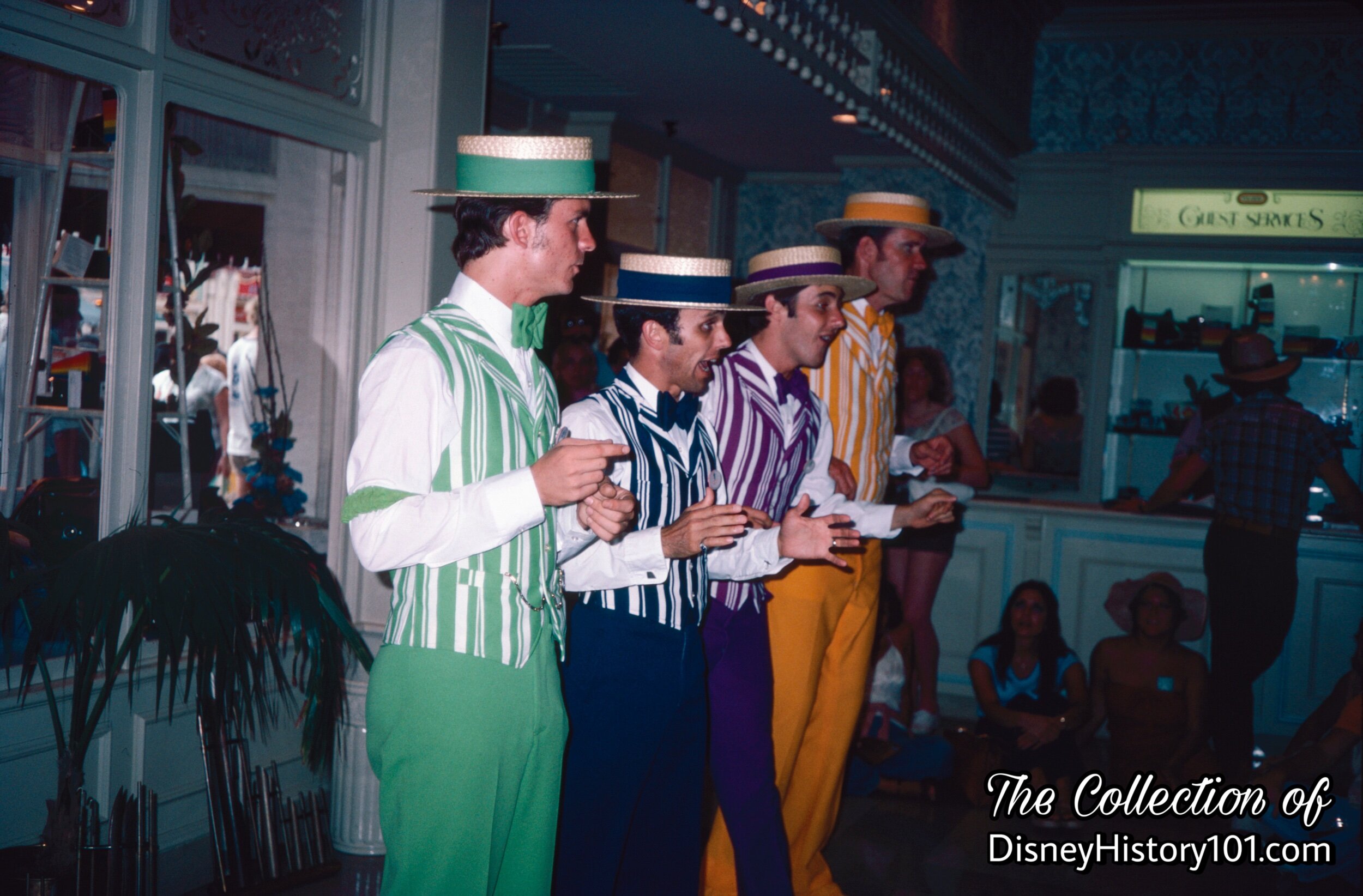
The Dapper Dans Performing at The Card Corner Near Guest Services
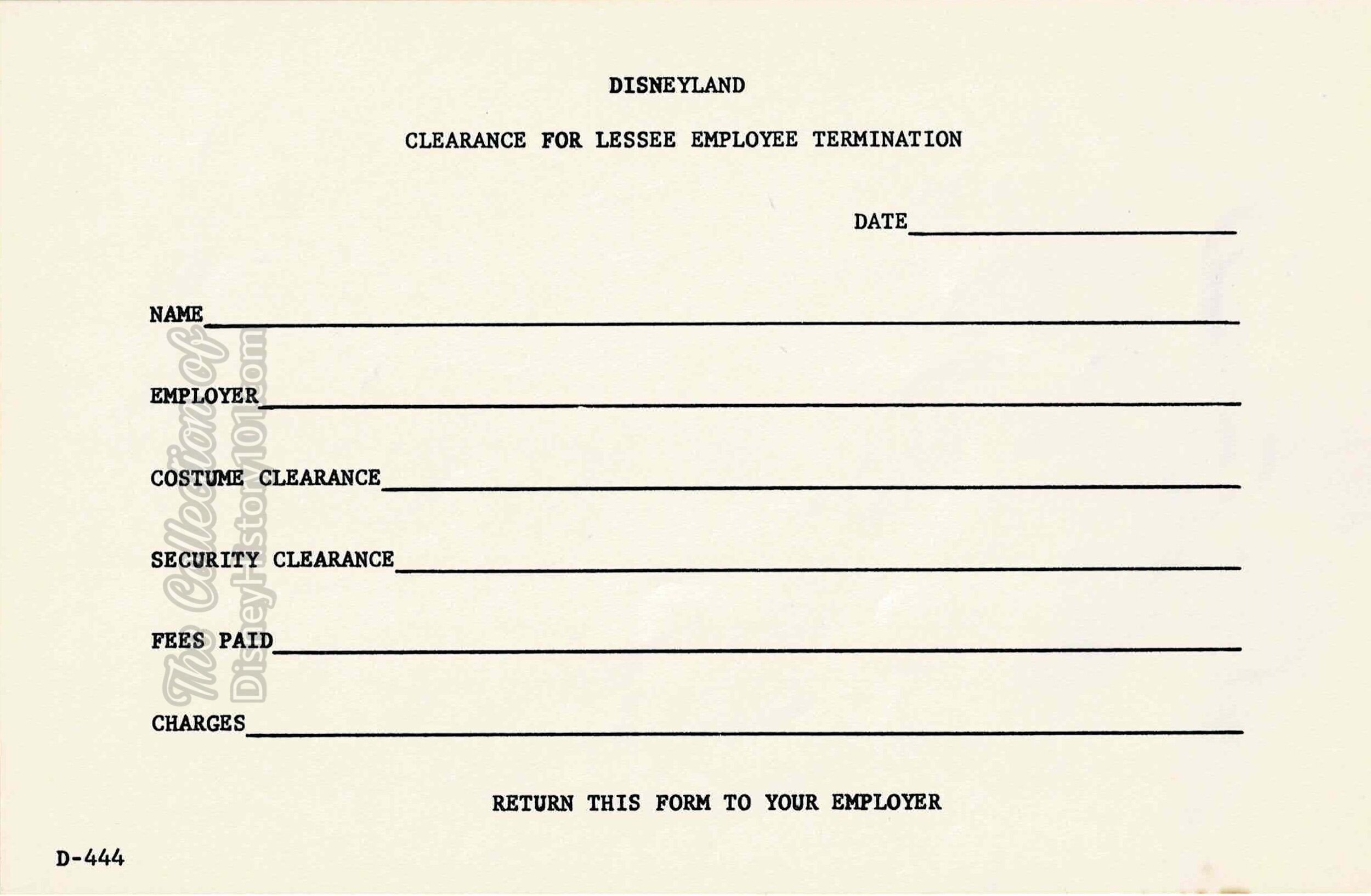
Clearance for Lessee Termination Form
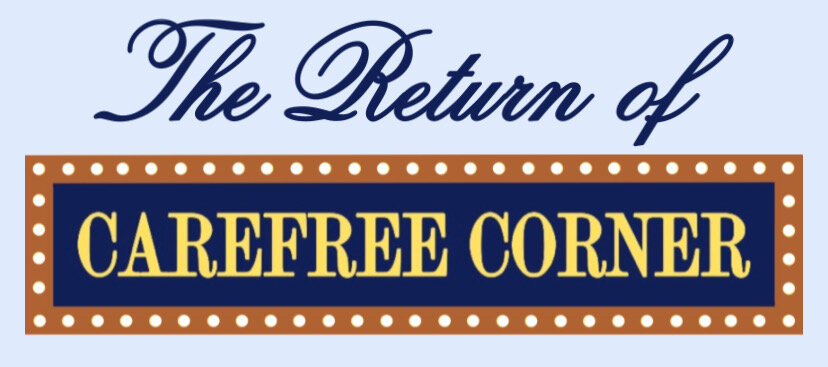
(November, 1988 - 1994)
The Carefree Corner would return to Main Street U.S.A., during November of 1988. When lessee Gibson Greeting Cards departed from Disneyland, a form of the Carefree Corner briefly occupied the “apartments” as the “Official Disneyland Information and Registration Center”. This time the location was operated by Disneyland Tour Guides of the Disneyland Guest Relations Department.
Often the Carefree Corner (of this era) was used as a prize redemption center for contests, as during anniversary celebrations or events like the “Discover America” contest of Celebrate America (1983). In addition (by 1990), the Carefree Corner was also a location to find plush, greeting cards, stationary, gift wrap, and party supplies featuring the Disney characters. During August 20 - 29, 1993, the “first names first” program allowed customers to input their name into a computer and have the meaning of their name printed on special paper. The meaning could then be printed on a mug, stein, keychain, desk plaque, baby sipper, or certificate.
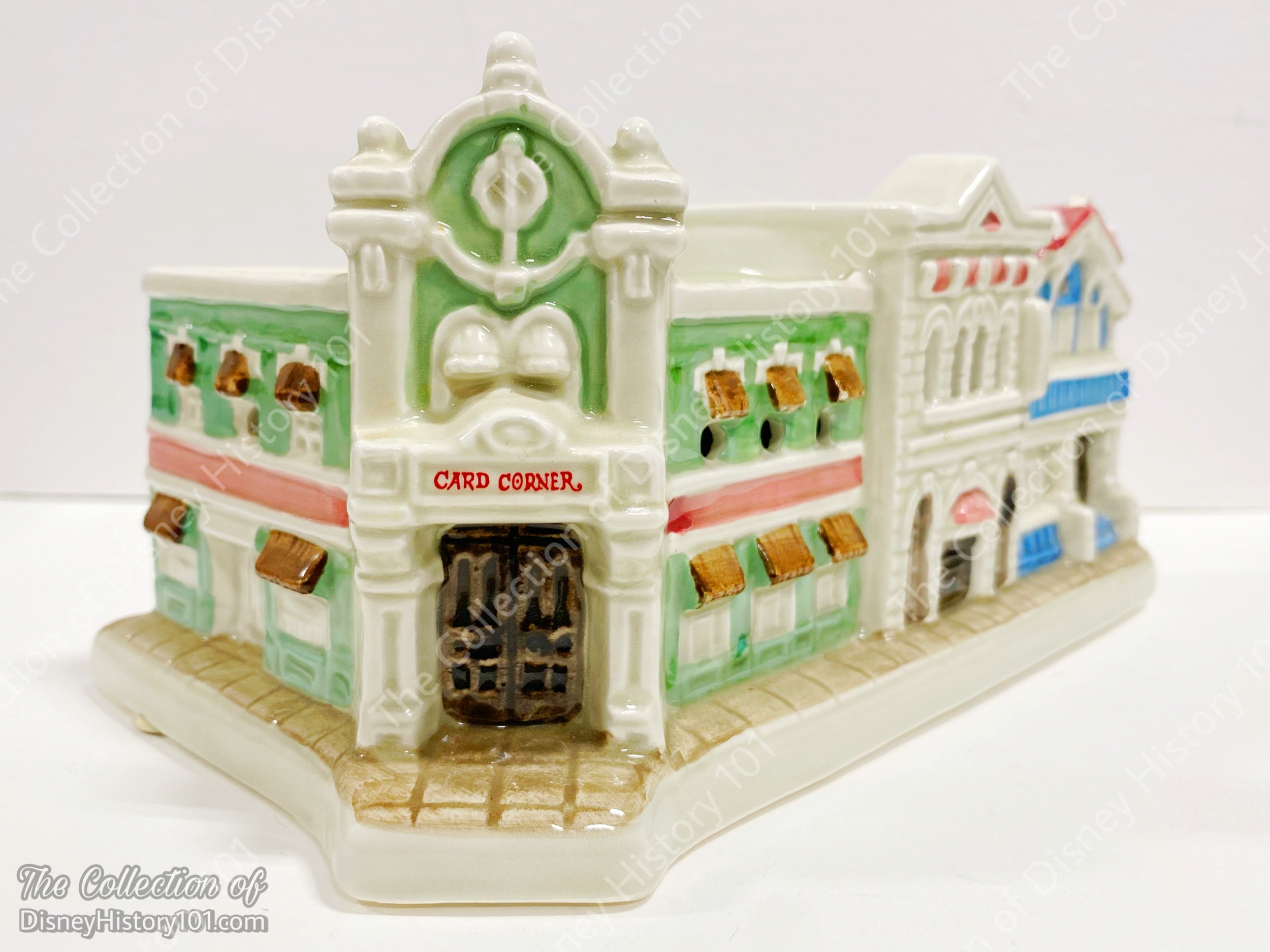
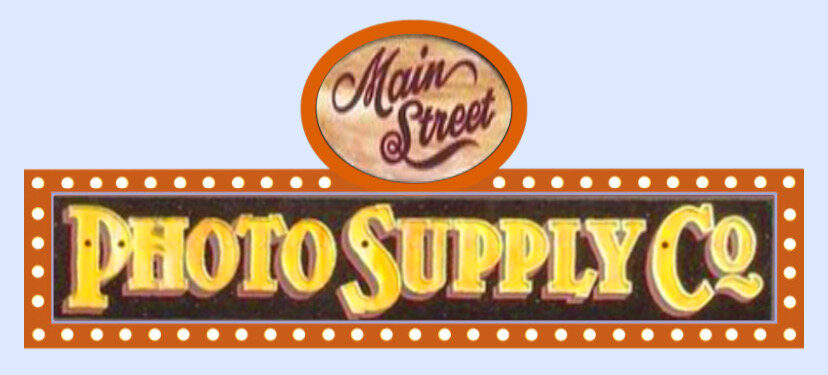
(1994-PRESENT)
Before long, the Main Street Photo Supply Co. briefly opened in this prime location. Guests could now claim photos with tickets here. A contemporaneous (c.1994) Disneyland Line magazine commented: “Carefree Corner no longer operates as an information center; it is now strictly a merchandise location. Guest services previously provided at Carefree Corner are now available at City Hall or The Bank of Main Street, with the exception of the Guest Registry Books, which are no longer available for signing.”
But Carefree Corner was not gone for good, and would briefly return to Main Street U.S.A., during November of 1988.
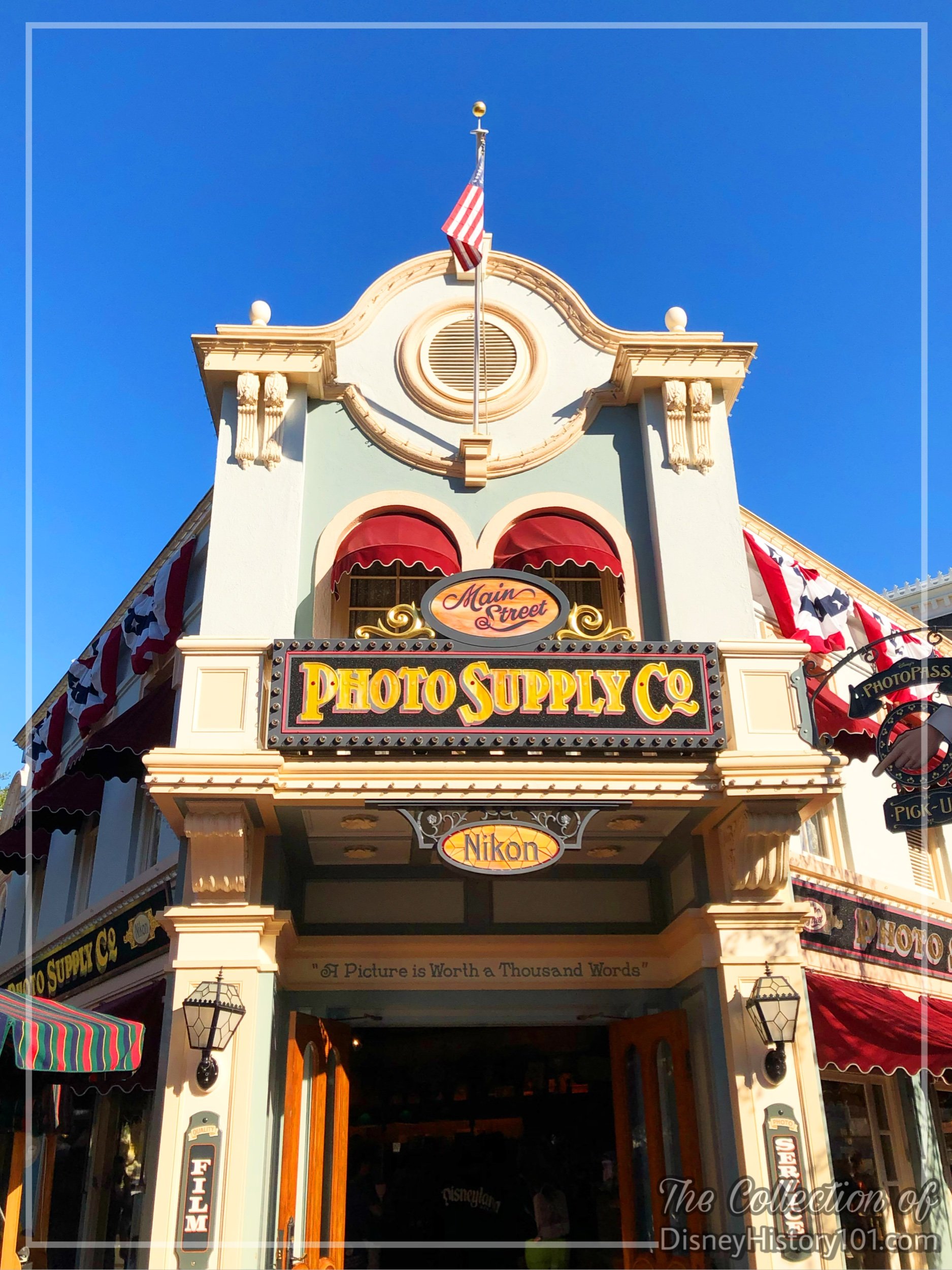
Main Street Photo Supply Co. Architectural Facade
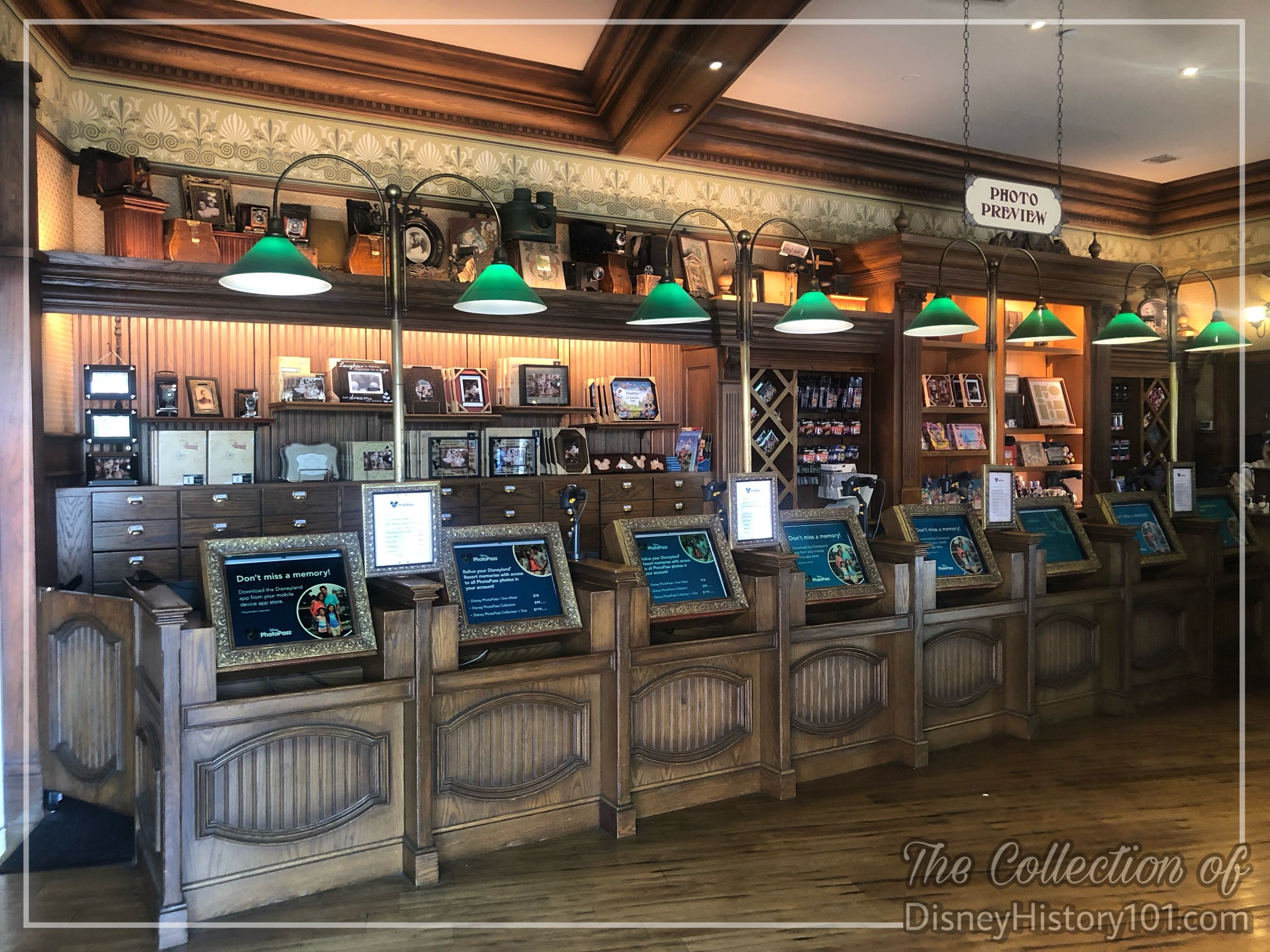
Main Street Photo Supply Co.
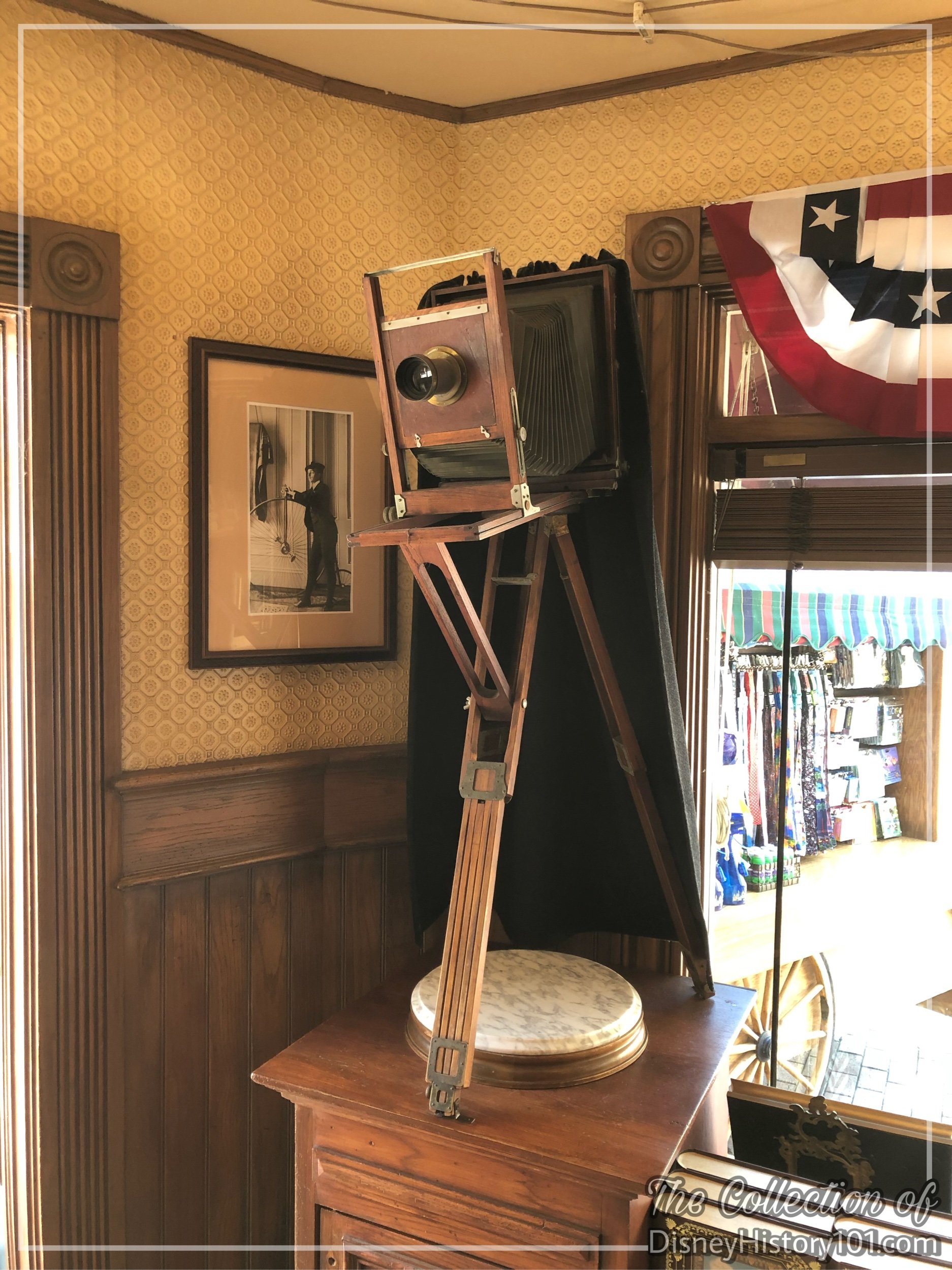
Main Street Photo Supply Co.
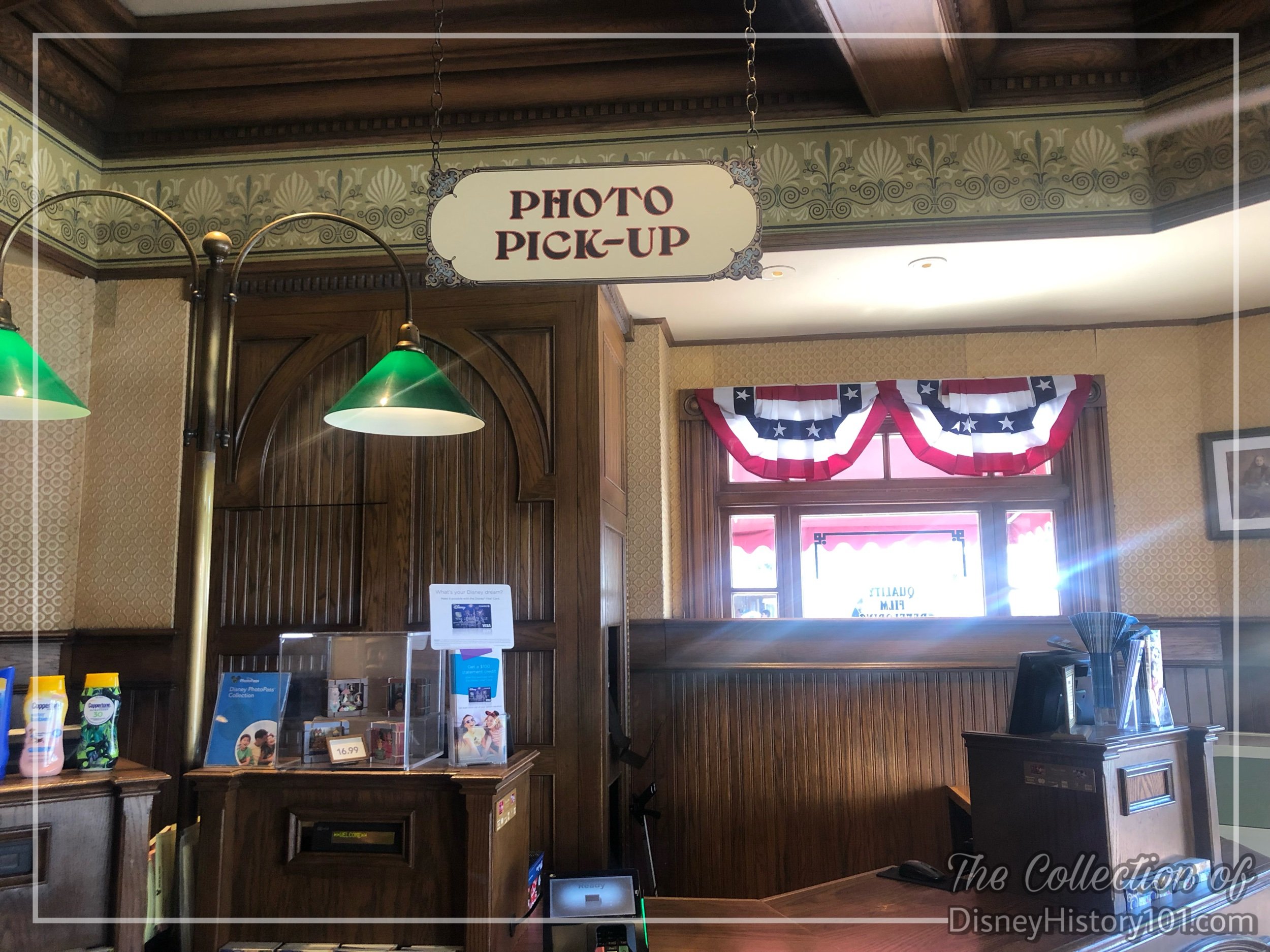
Main Street Photo Supply Co.
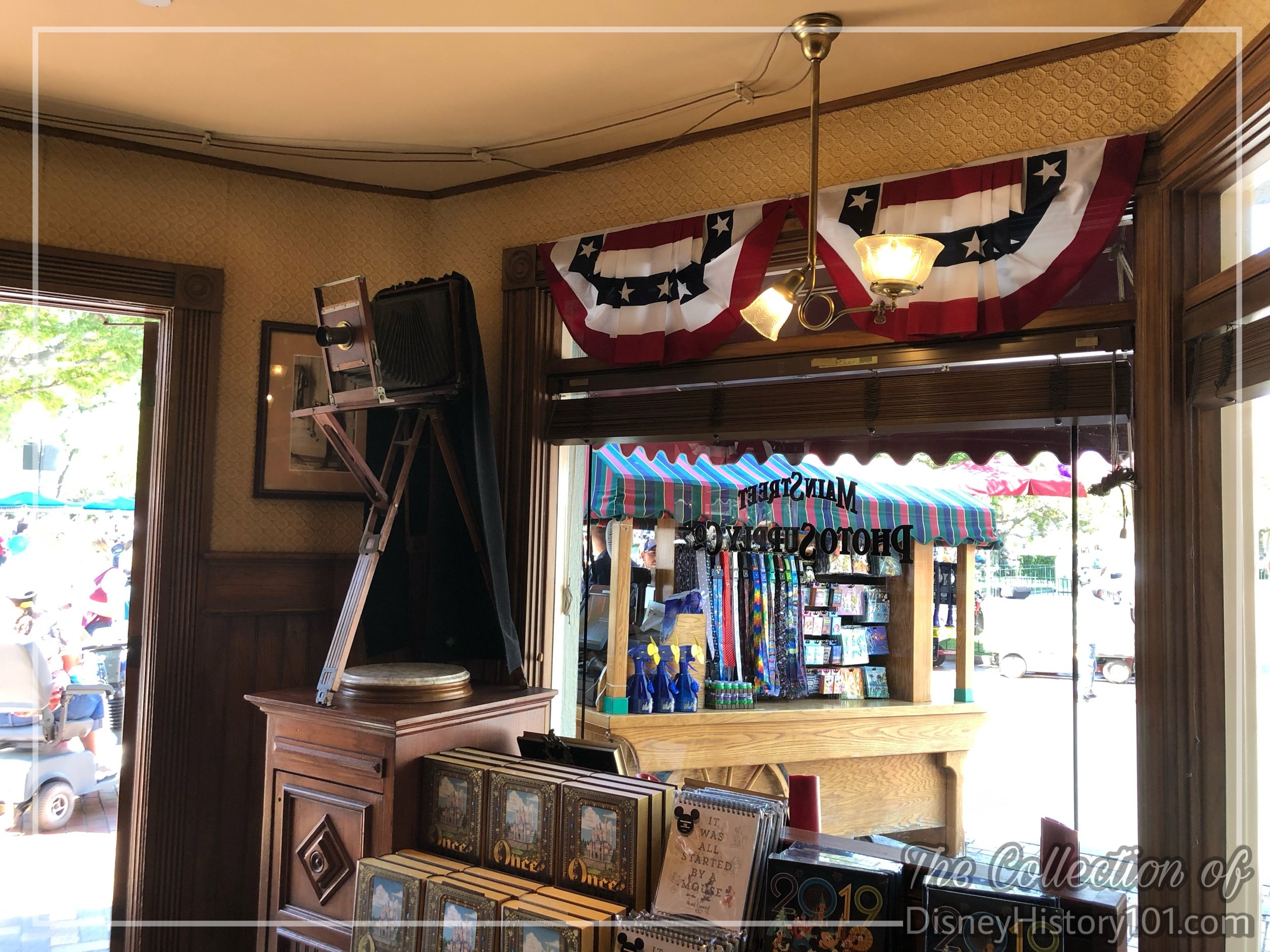
Main Street Photo Supply Co.
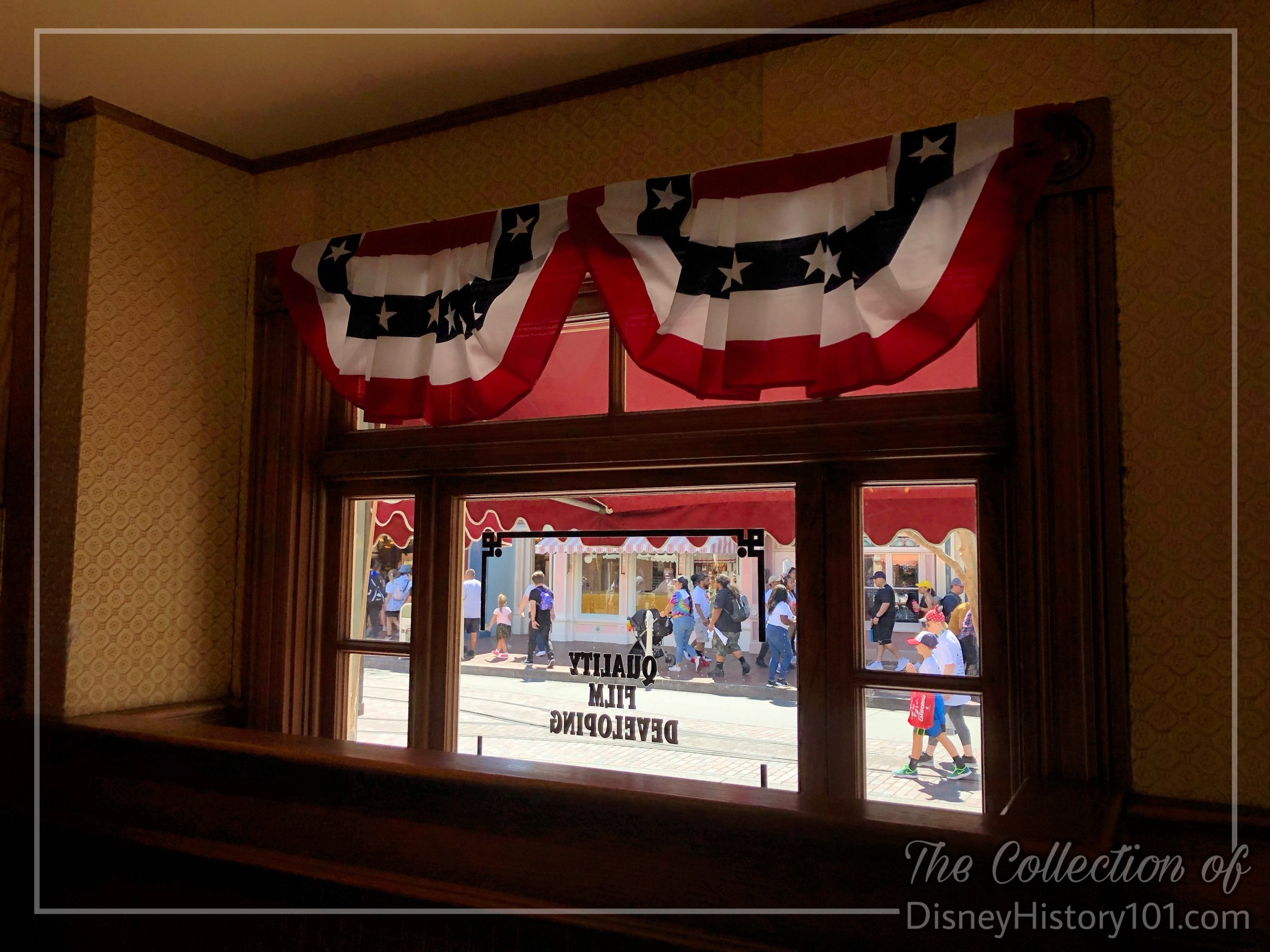
Main Street Photo Supply Co.
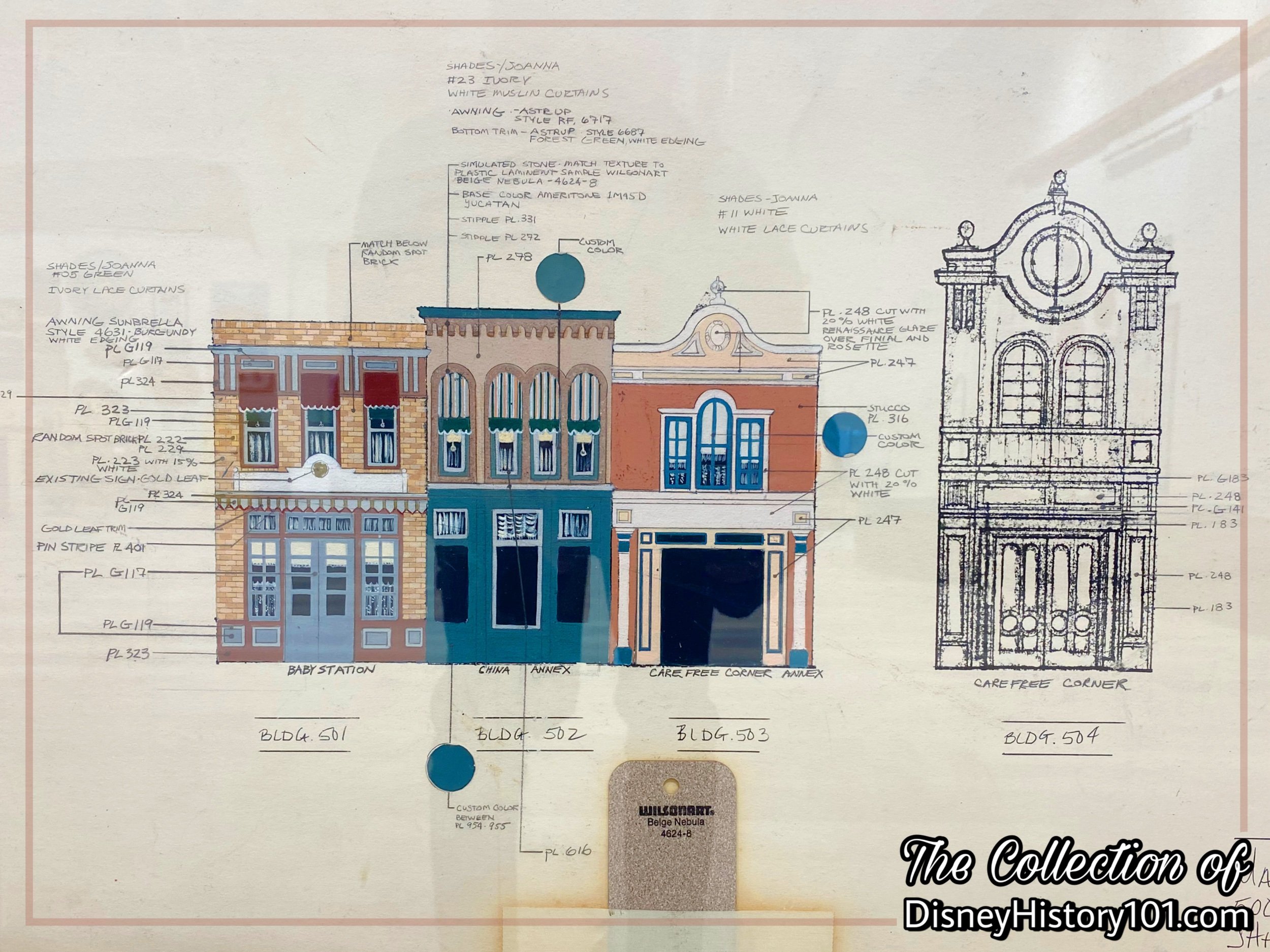
The Carefree Corner palette was planned.
Custom colors were assigned to the shades, lace curtains, stucco, and even the Renaissance glaze over the finial and rosette of the Carefree Corner facade.
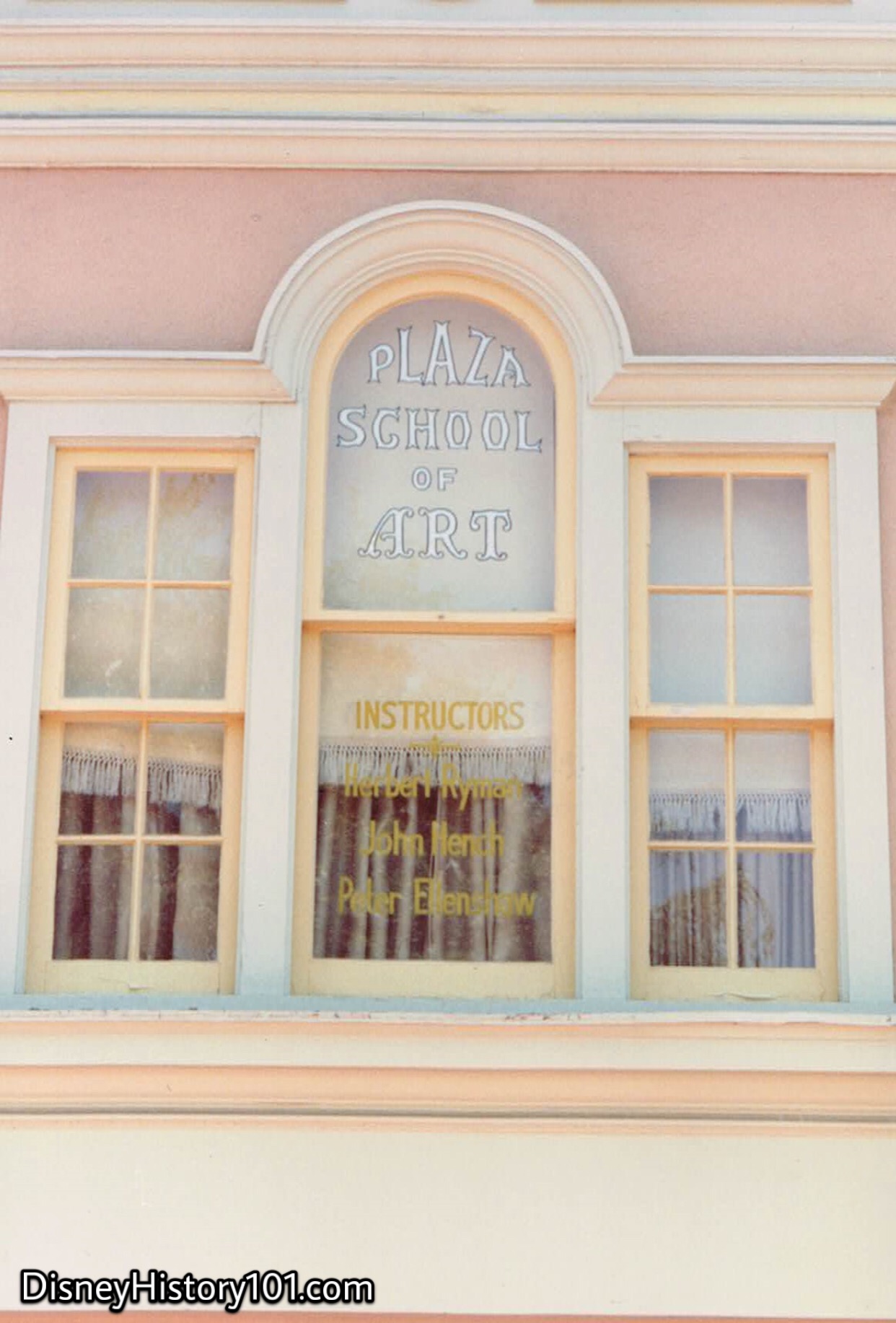
Main Street Apartments Windows
“We celebrate our people for the memories they created in the past.”
Martin Sklar once said “an individual's contribution can usually be found in the final product if one looks closely enough, but the Disney mind frame is to never point out ‘what I did’ to anyone.” However, a few outstanding individuals have been publicly recognized for their contributions and even ceremoniously honored by the Company.
One type of original free exhibit still remains to our modern era - that of the Main Street Window Honor! There are thousands of windows at Disneyland. Above, three Legendary artists who helped visually develop Disneyland are honored in one window over the Carefree Corner - Herbert Ryman, John Hench and Peter Ellenshaw. “The three designers are listed as ‘Instructors’ for the ‘Plaza School of Art,’” according to “Disneyland - A Treasure Chest of Trivia,” prepared by Walt Disney Productions, 1990. By 1990, John Hench was serving as the Senior Vice President of Walt Disney Imagineering, Peter Ellenshaw had retired, and Herb Ryman had served as a consultant until his death in 1989. Herb (in “A Brush with Disney”) reflected: “Whenever I went to the park, I was aware of the contributions I had made, as I’m also aware of contributions by Bill Martin, Marvin Davis, John Hench, Ken Anderson ad all who were playing Disney’s orchestra… The names on the Main Street windows are the people to whom Walt wished to give credit, the people who helped create Disneyland…My name is there, with John Hench and Peter Ellenshaw. And that’s what we do, we give art lessons. I realize that participating in Walt’s dreams has Brought joy to millions of excited people which why work alone would never have been able to do. No matter what individual talent each of us has, working under the auspices of Walt Disney we’ve really contributed something to the world.”
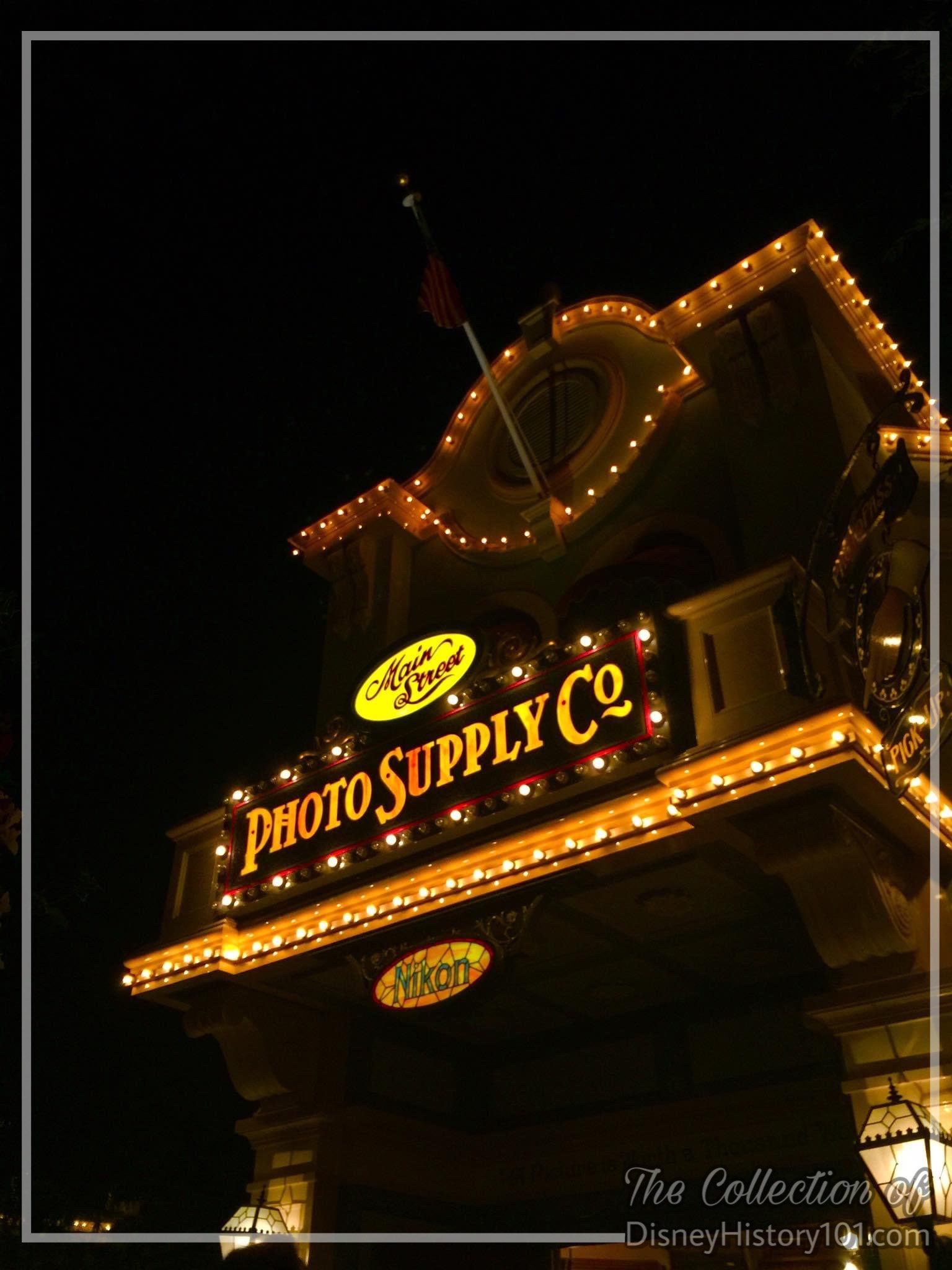
Main Street Photo Supply Co. Architectural Facade at night.
As of October 21, 2021, the Plaza Point Holiday Shoppe opened in this piece of real estate, on the Central Plaza Hub of Disneyland.

